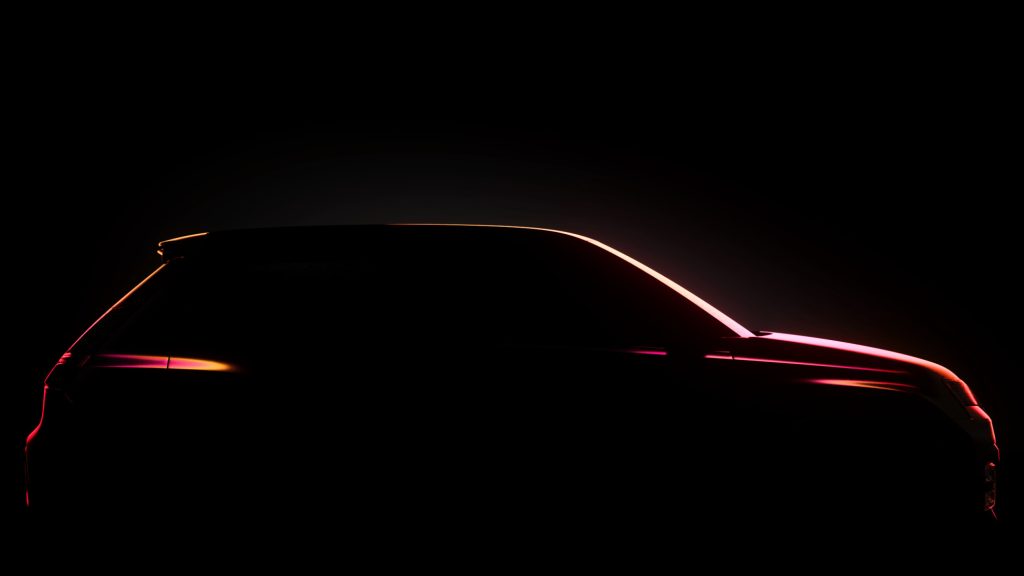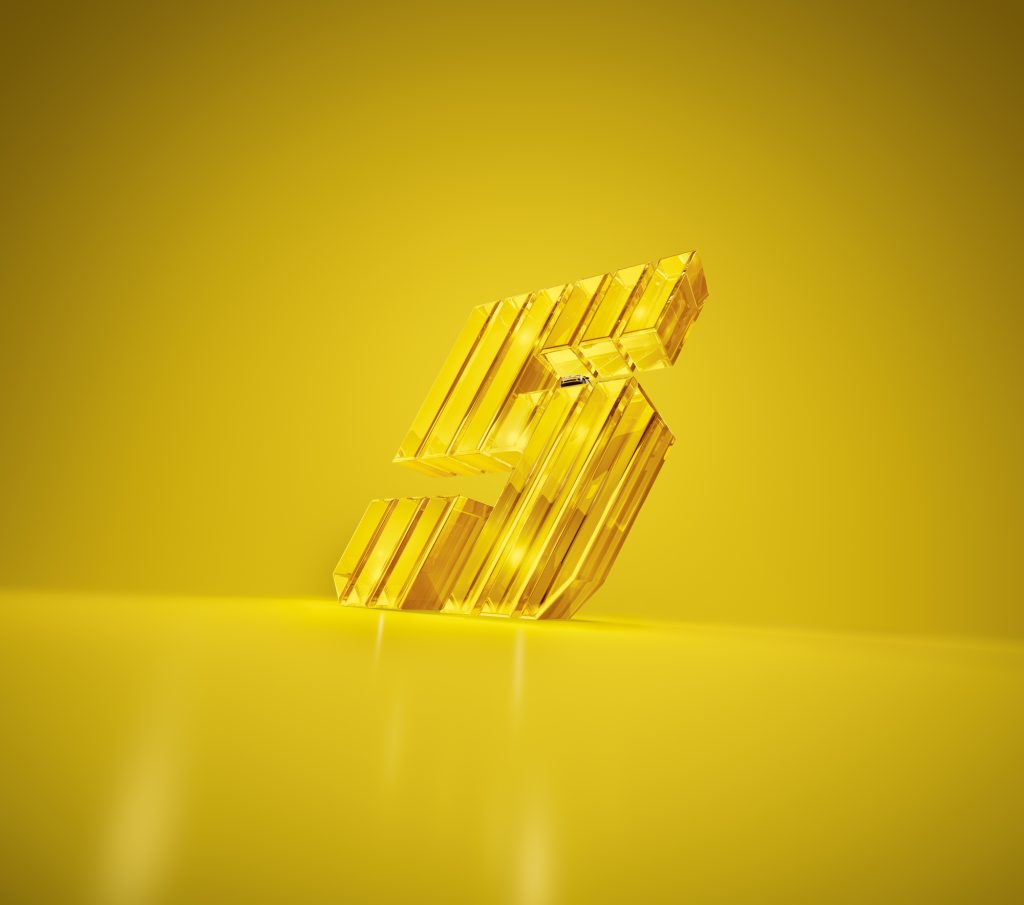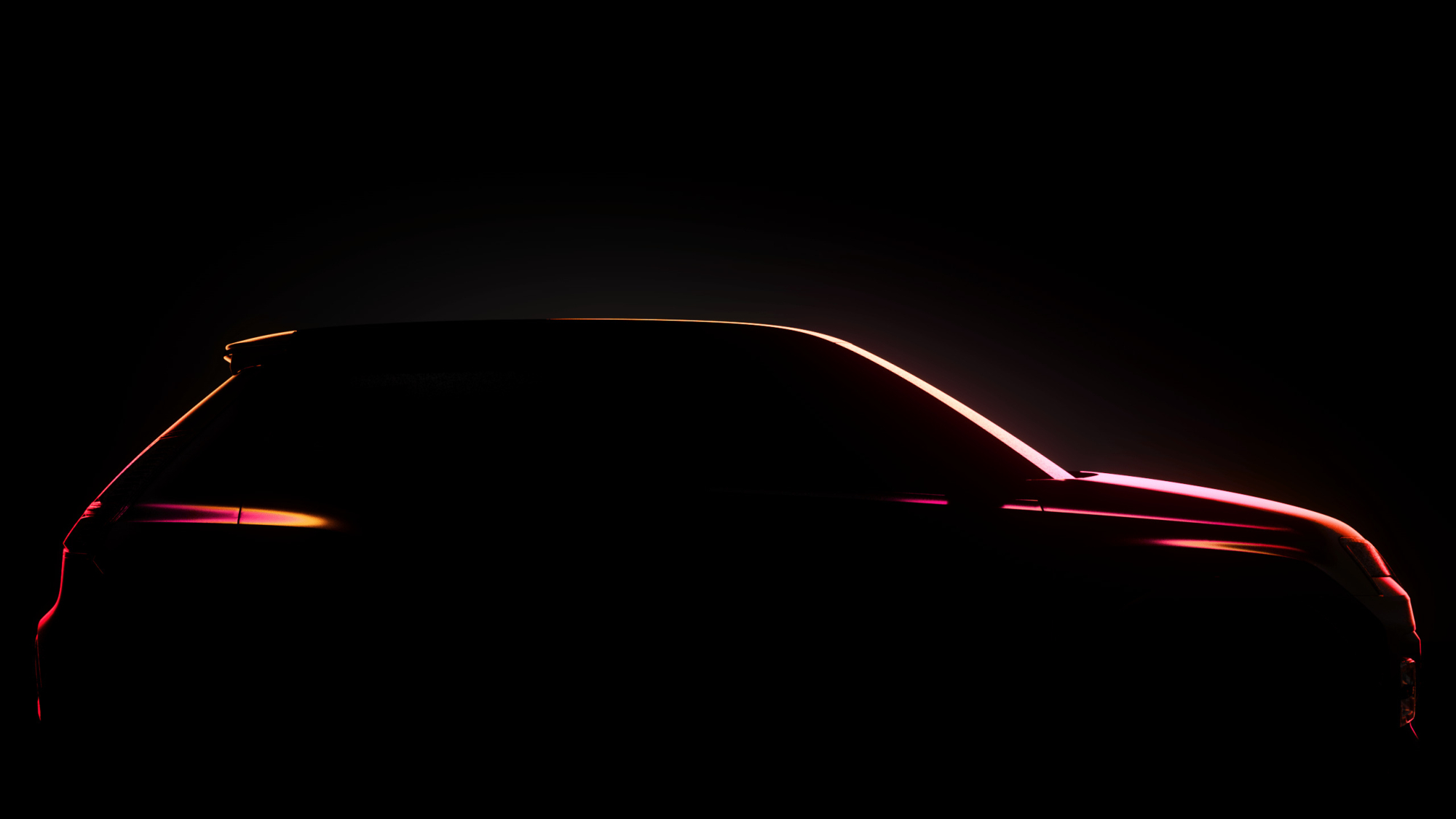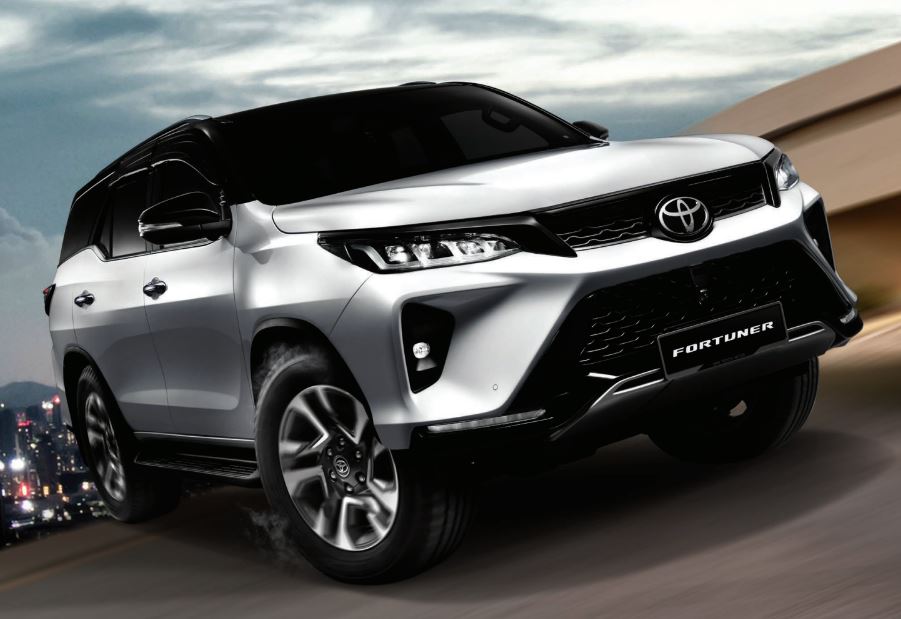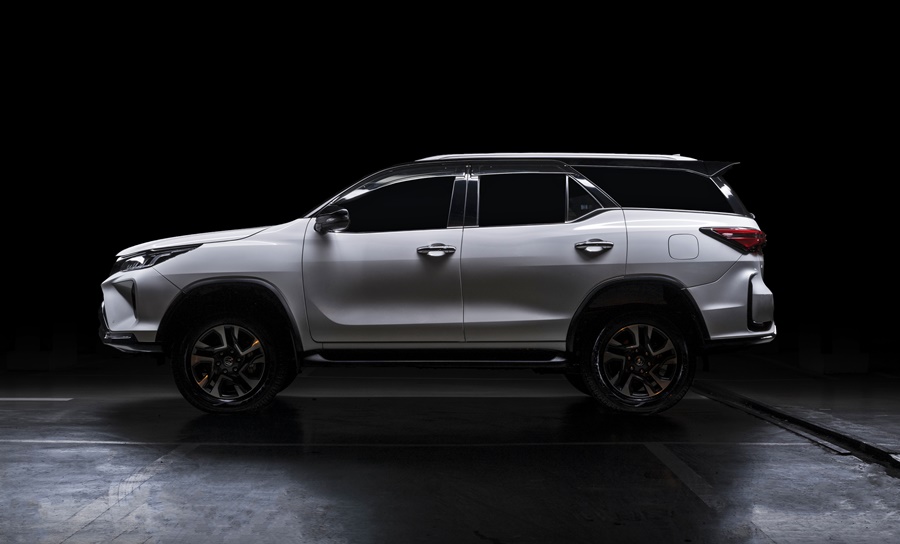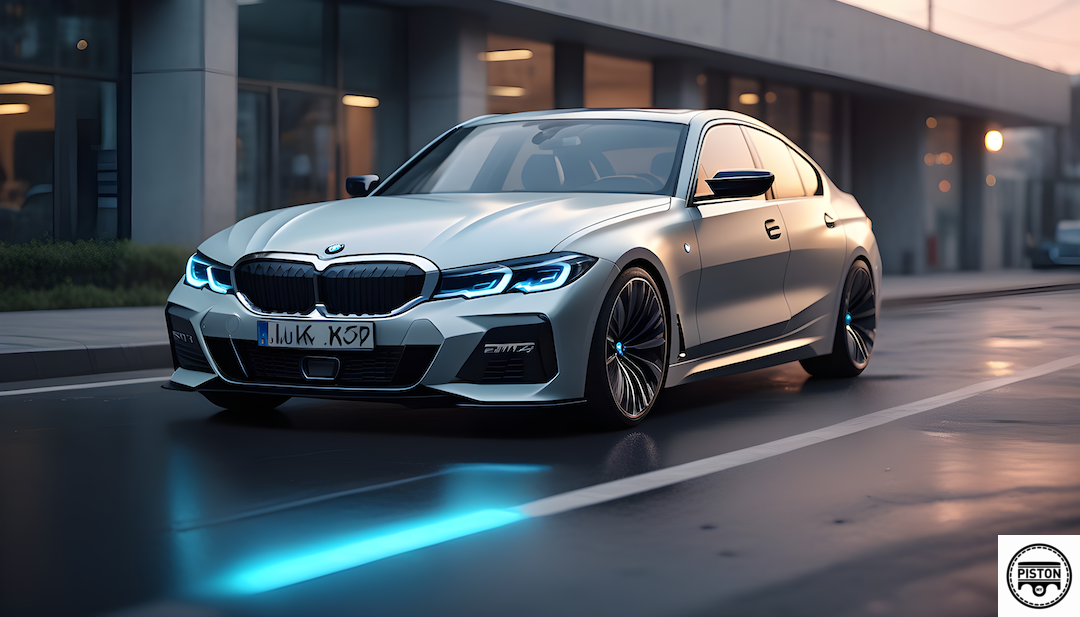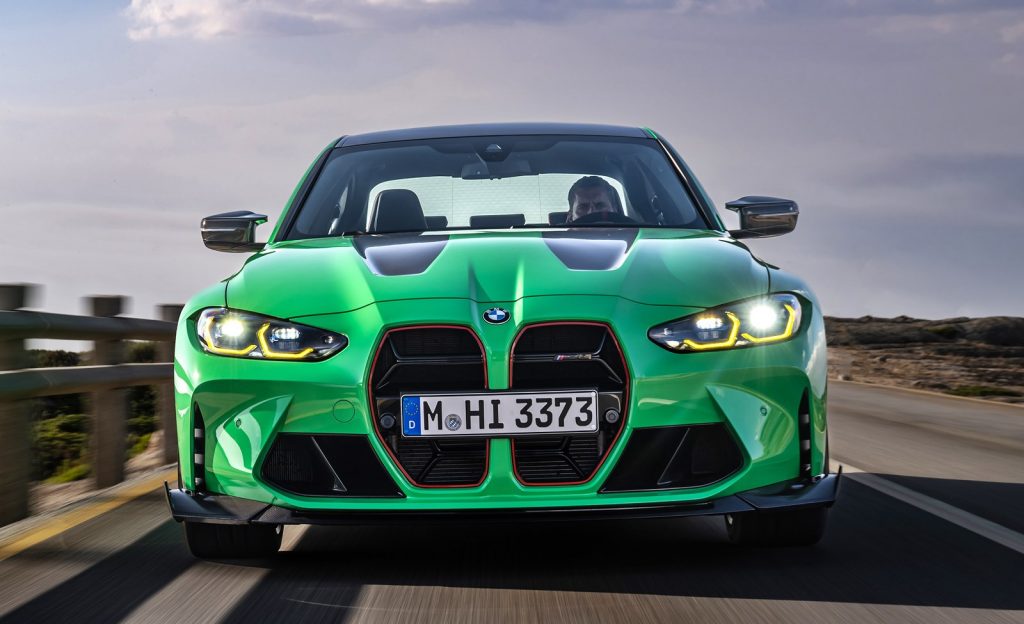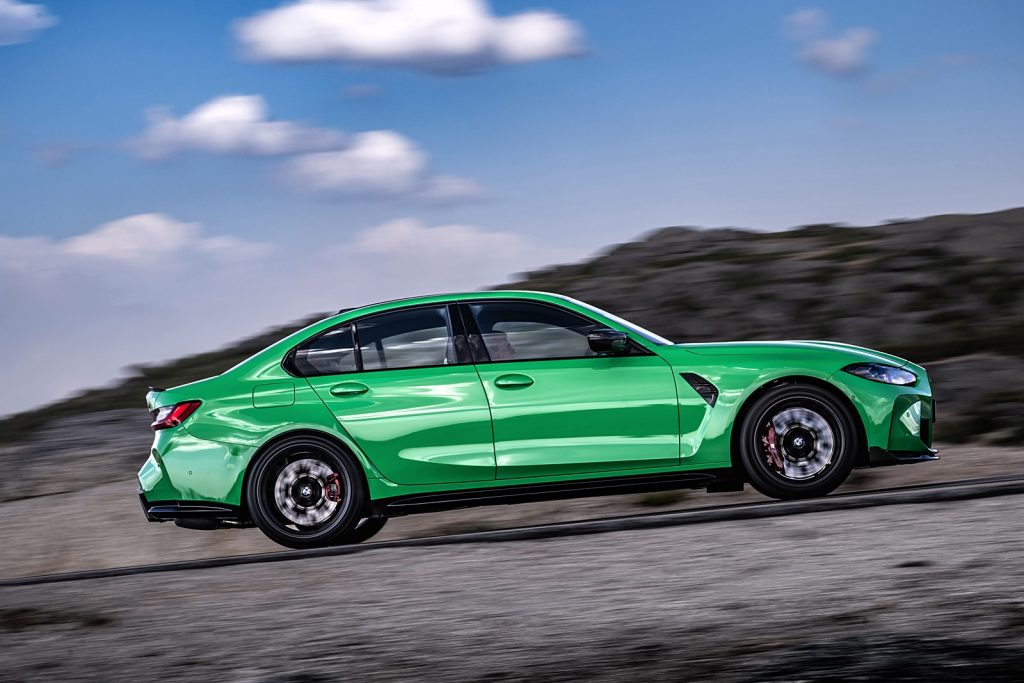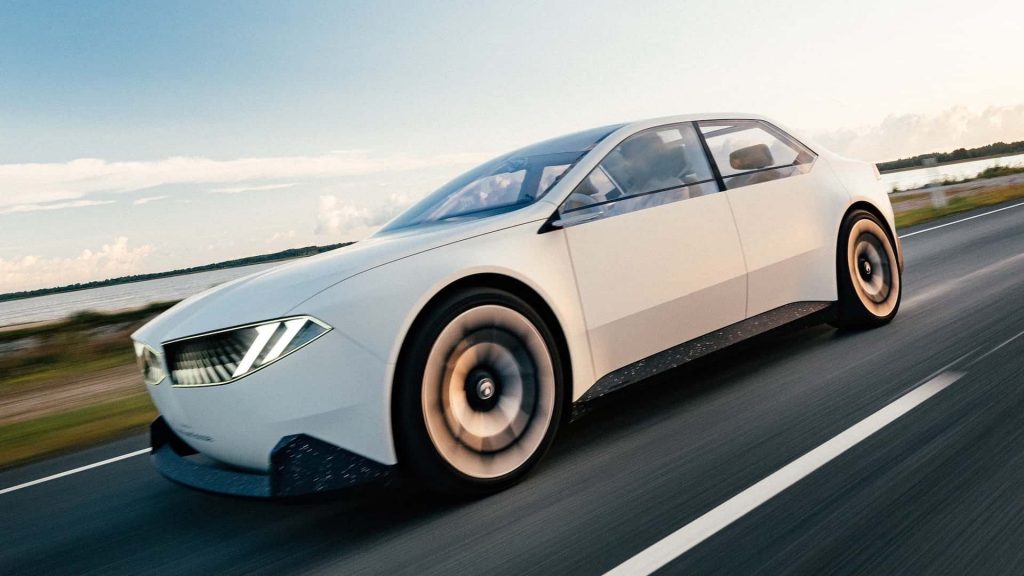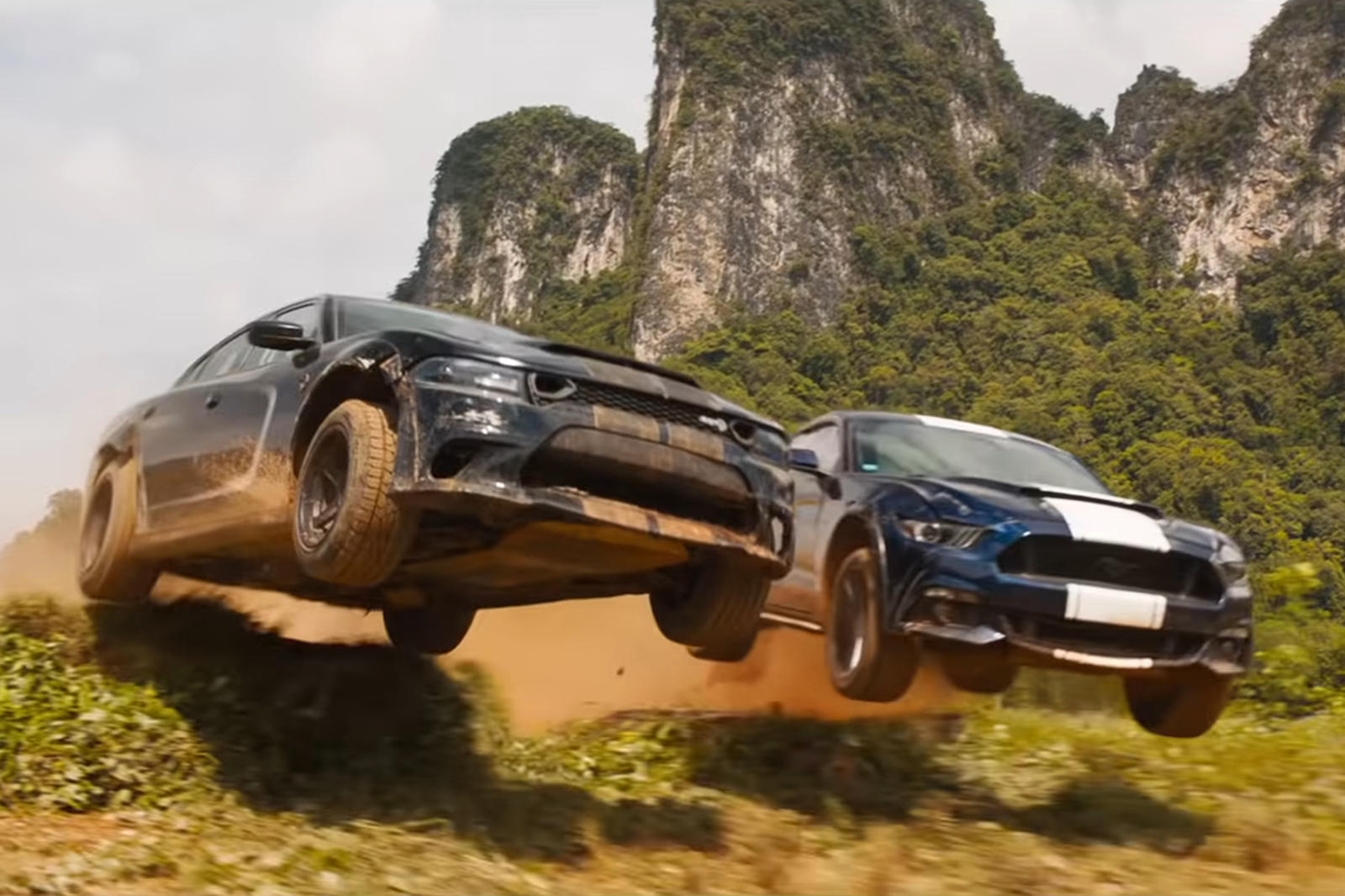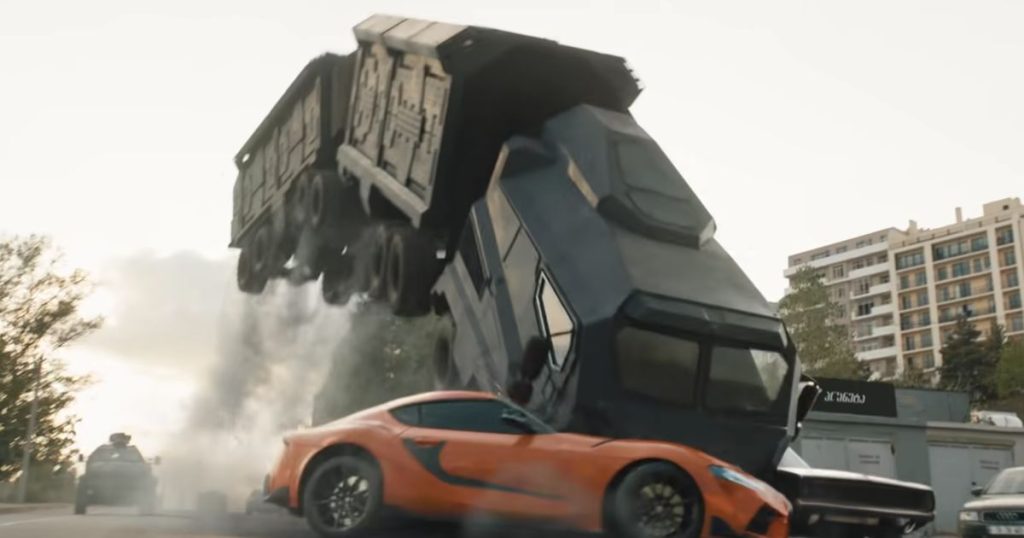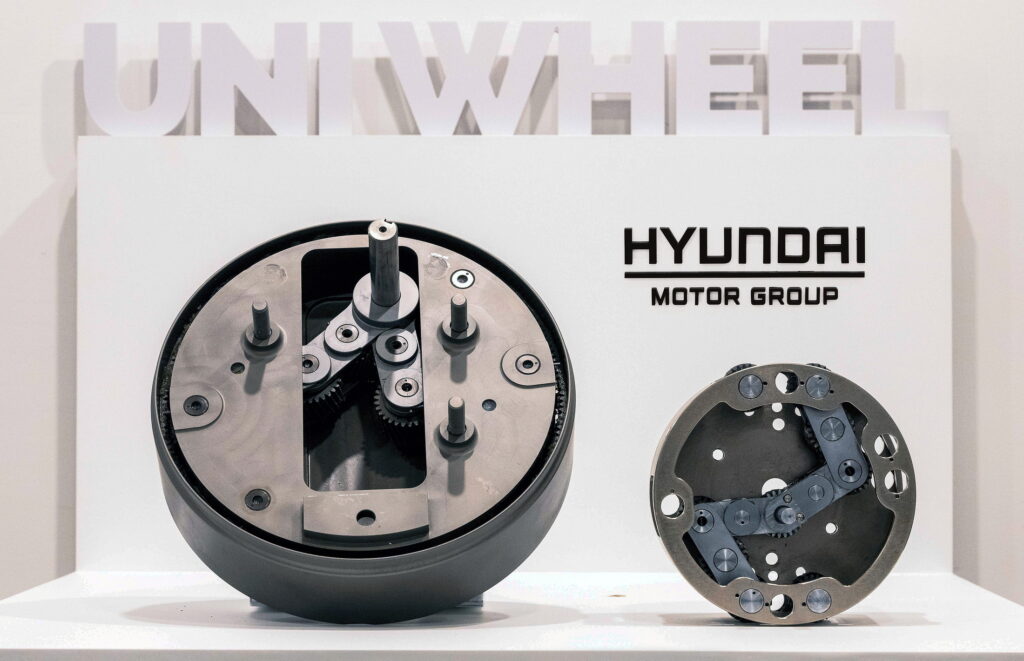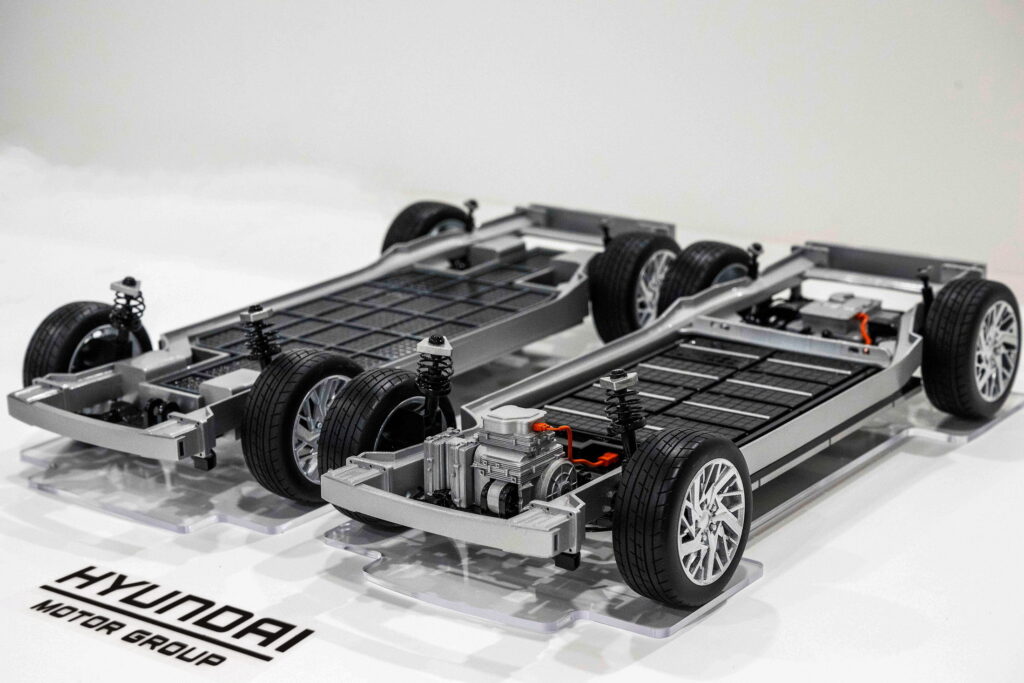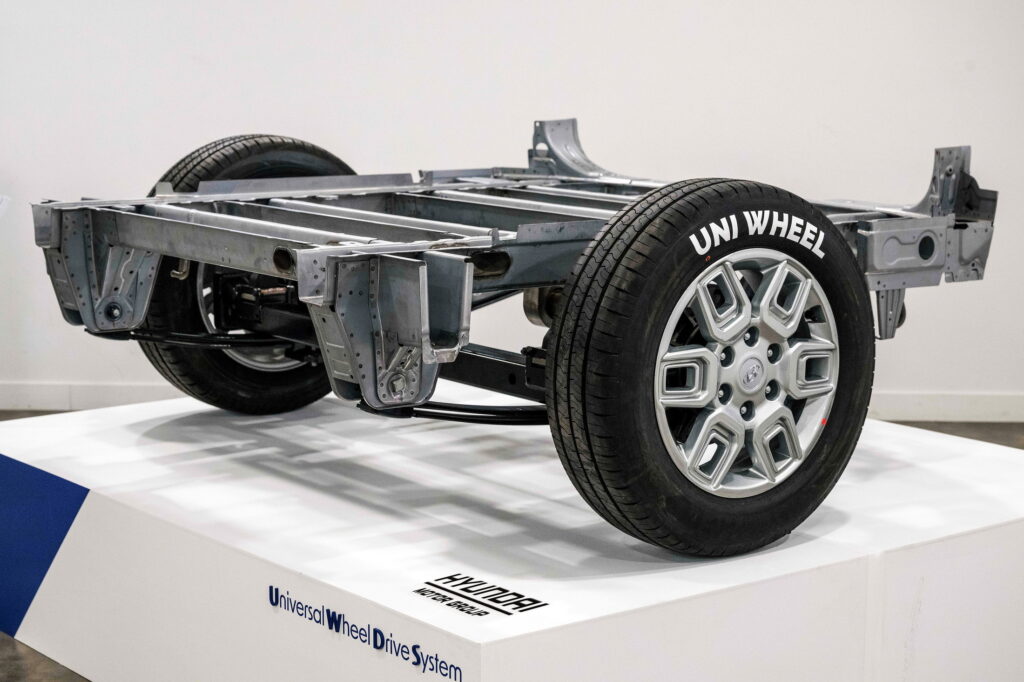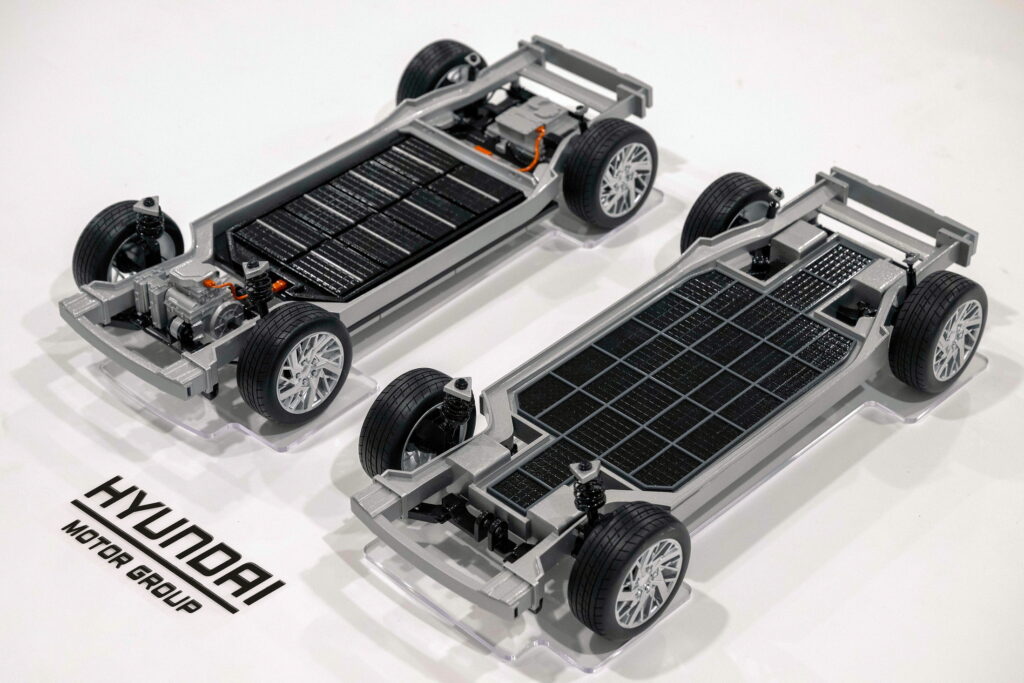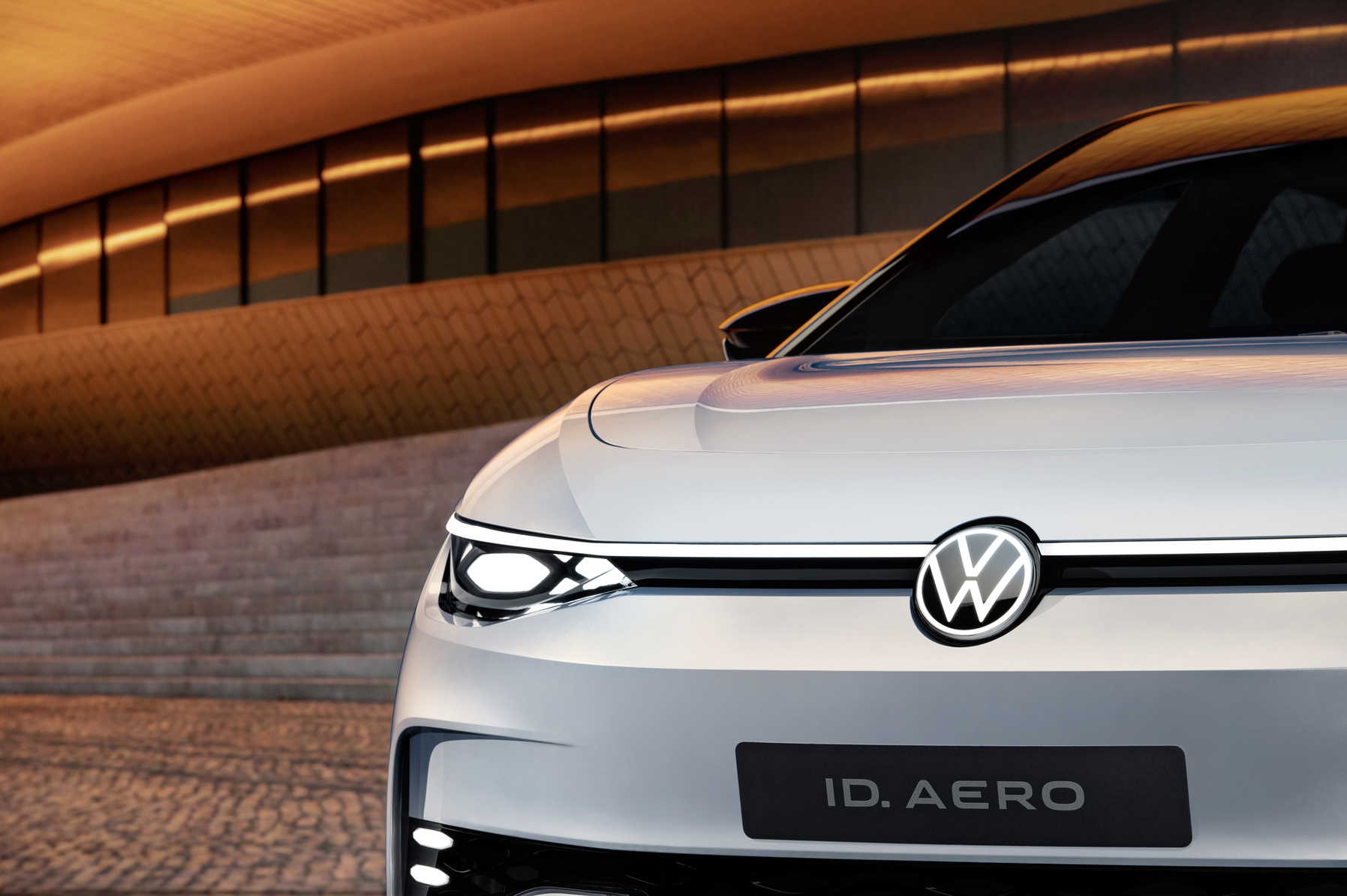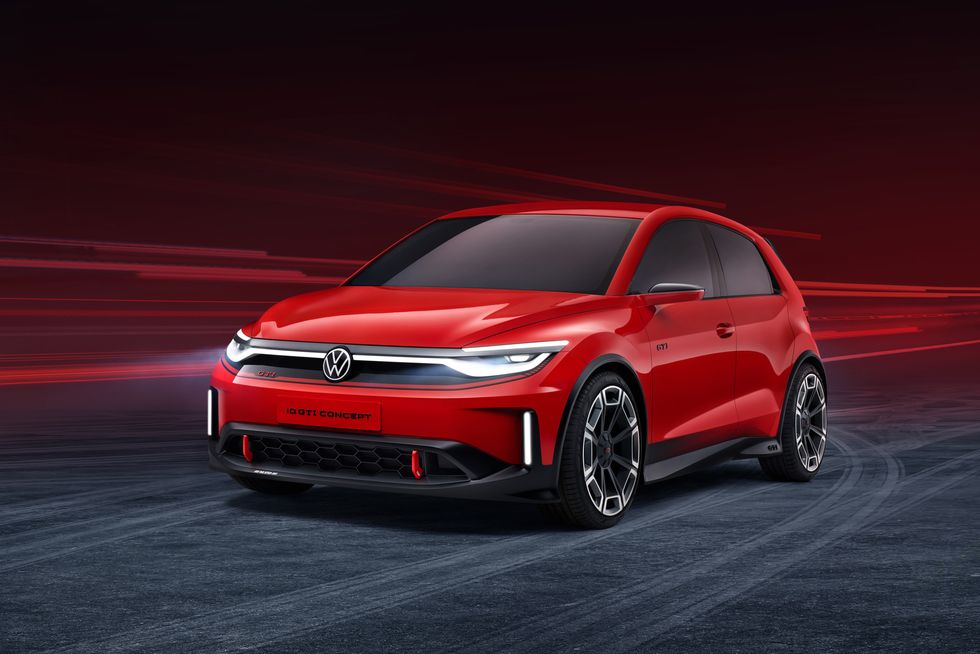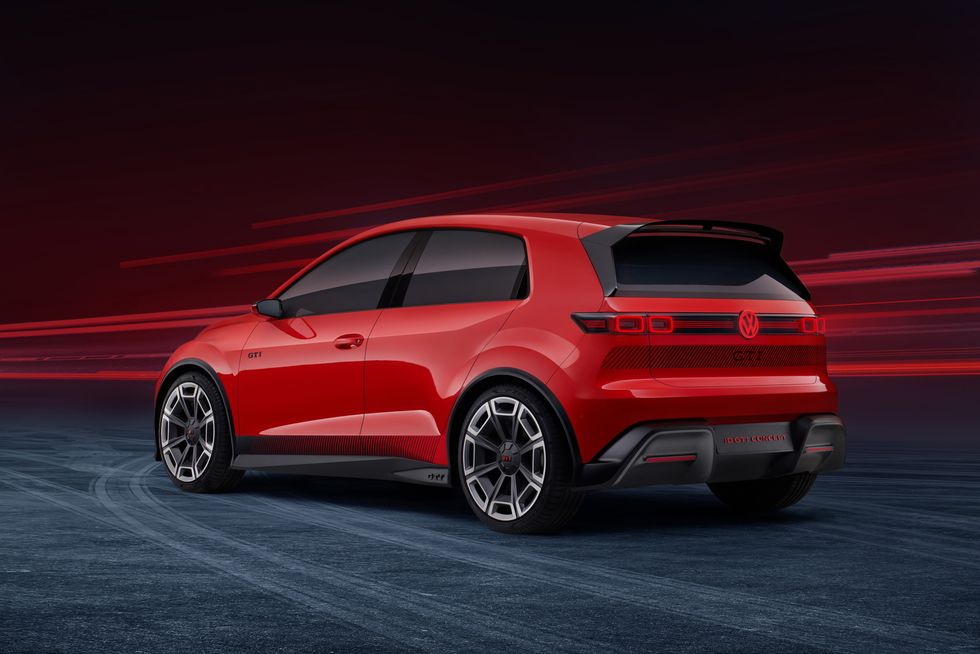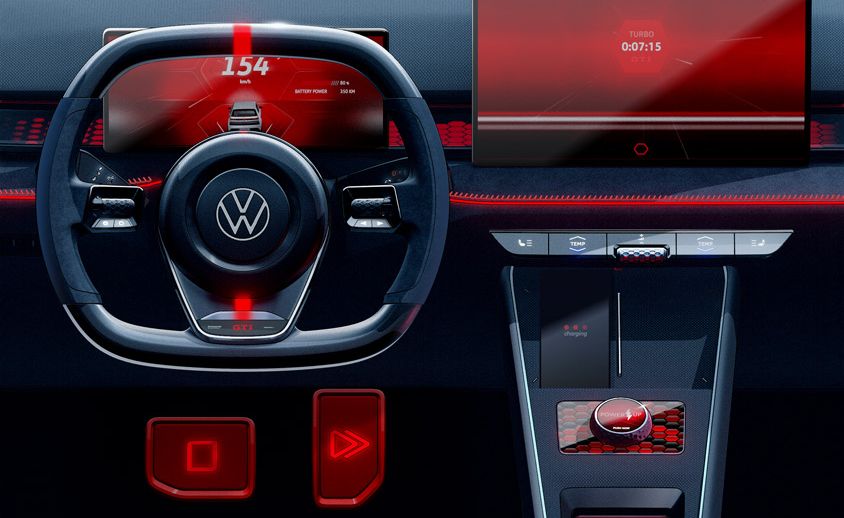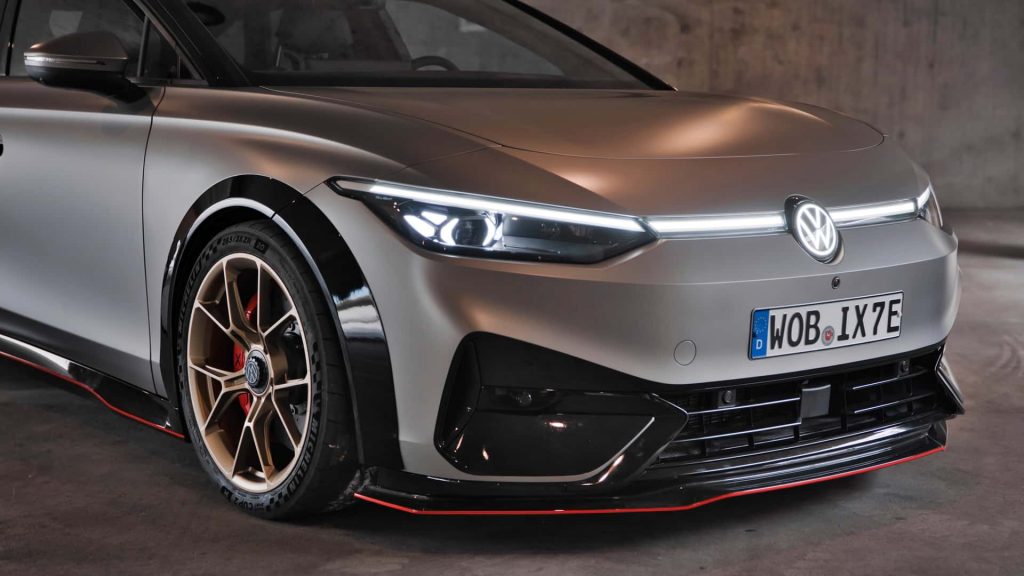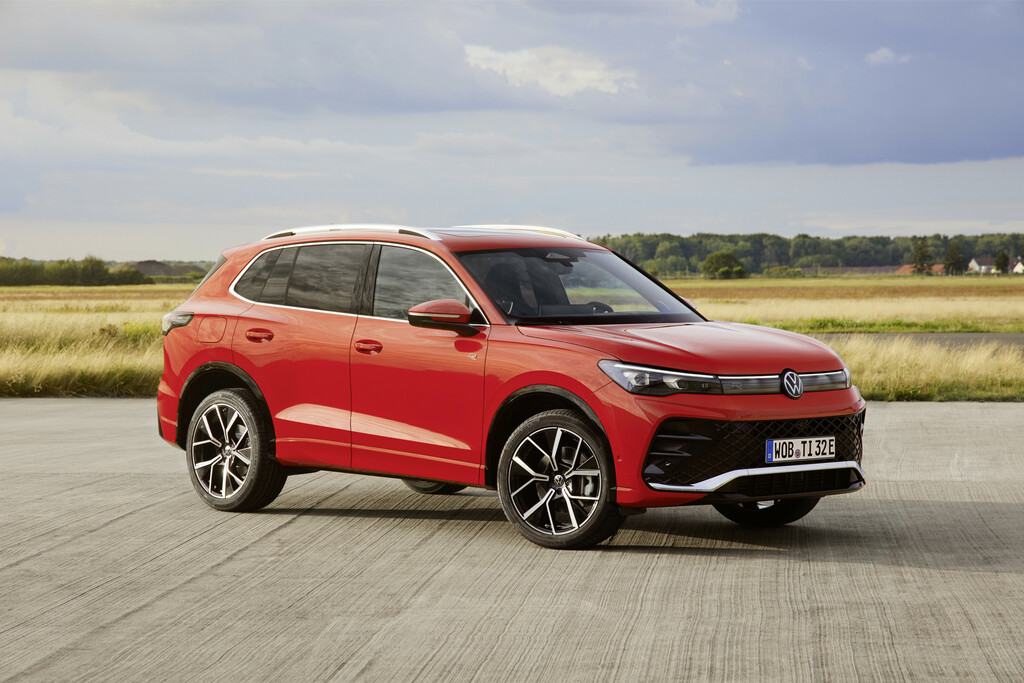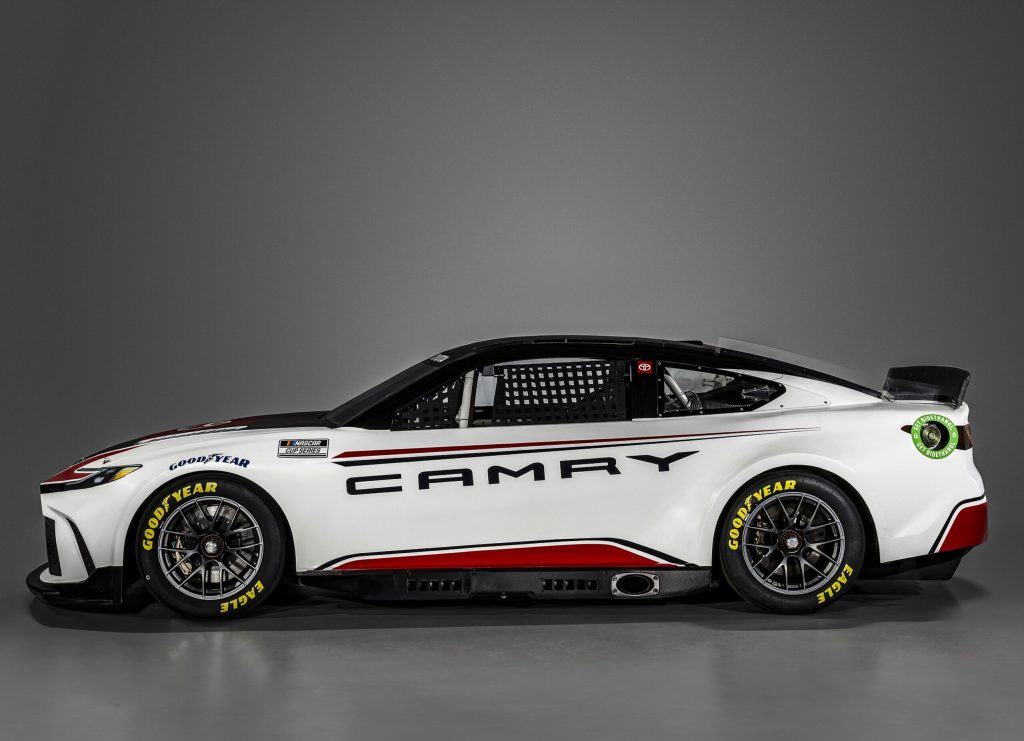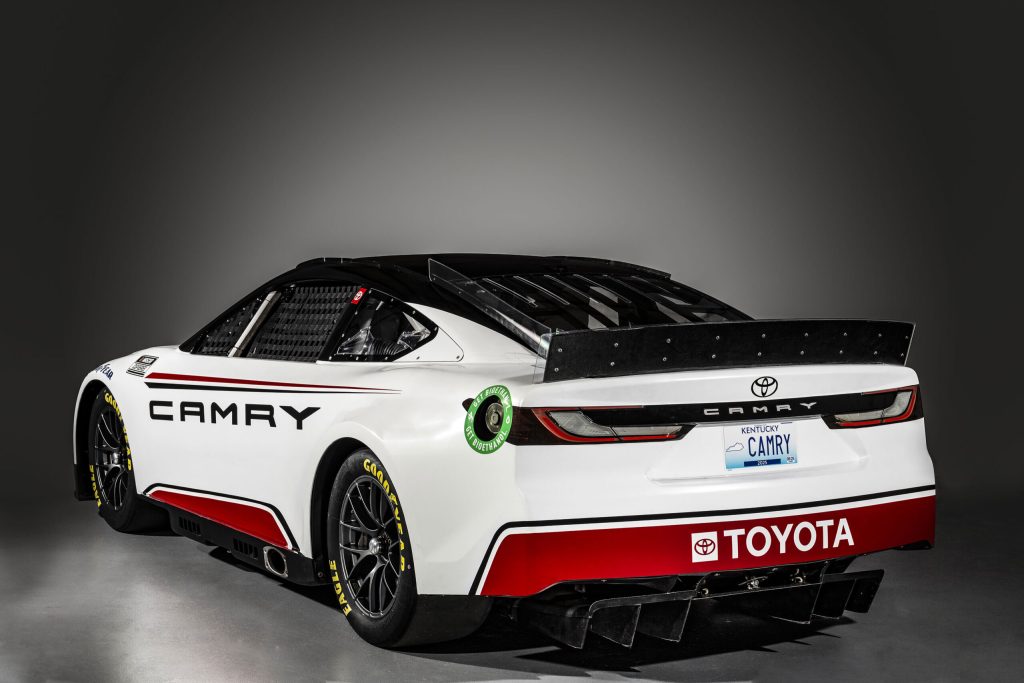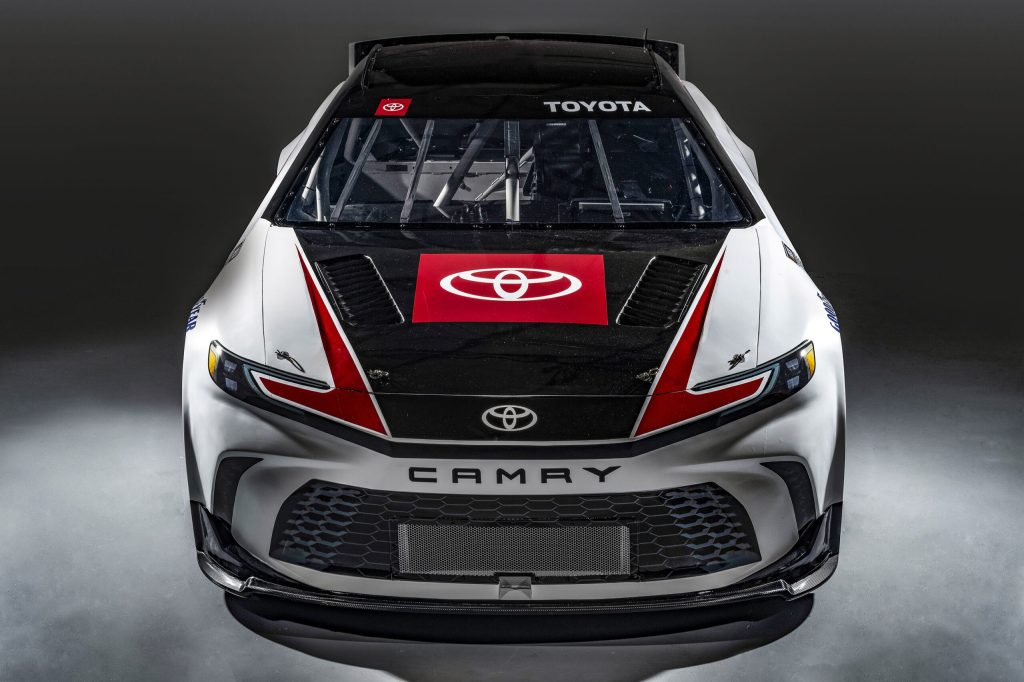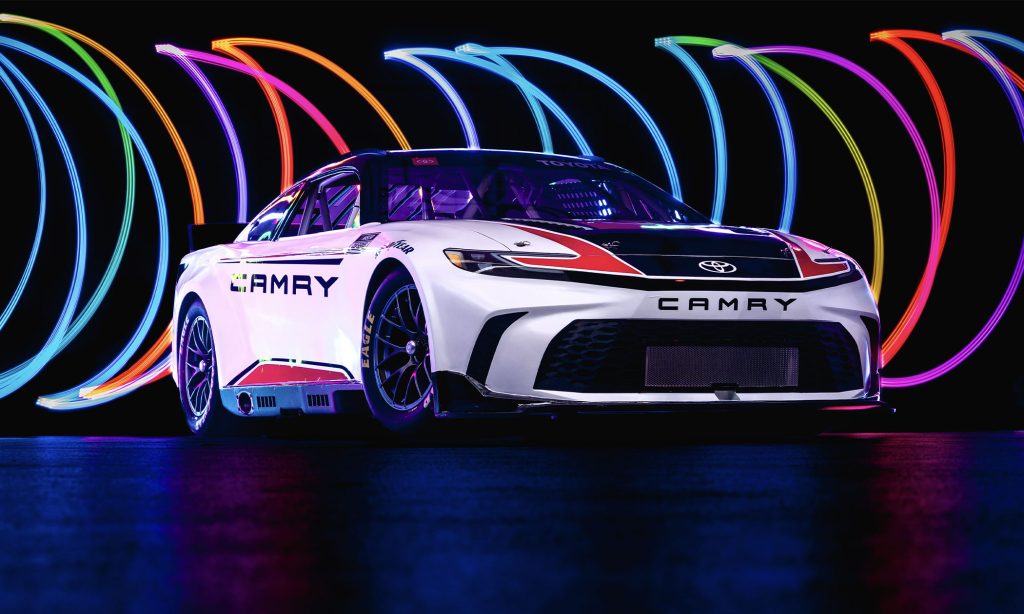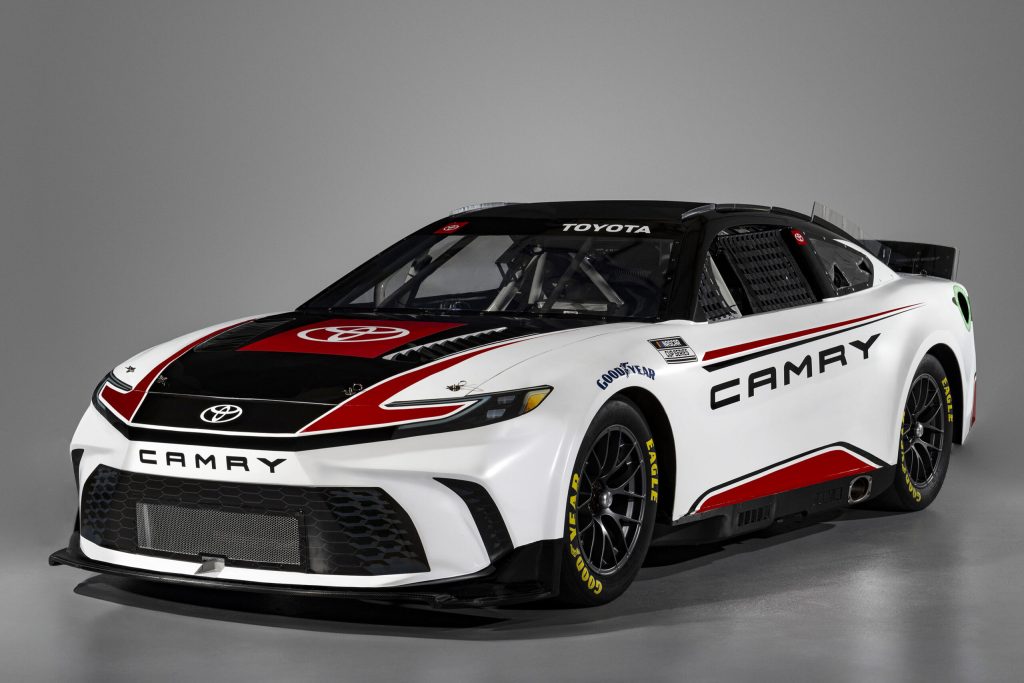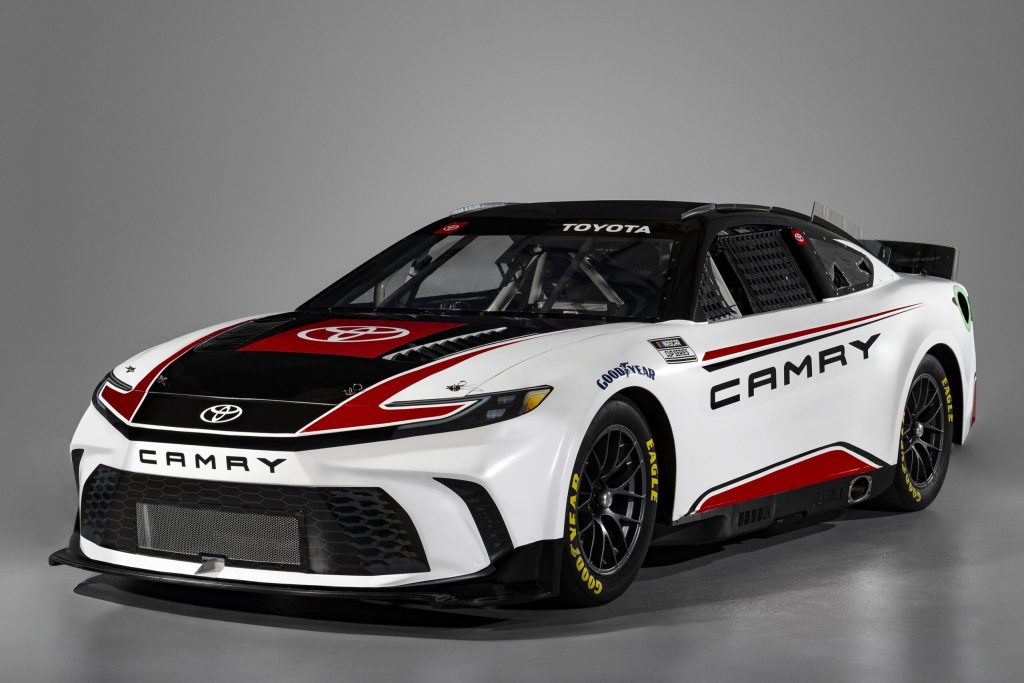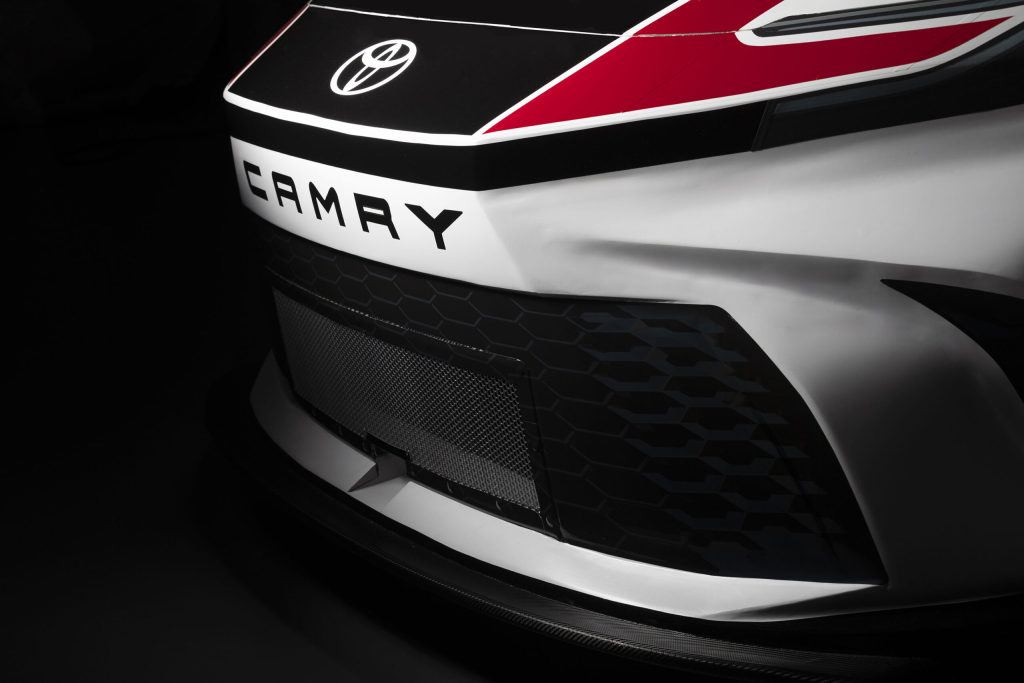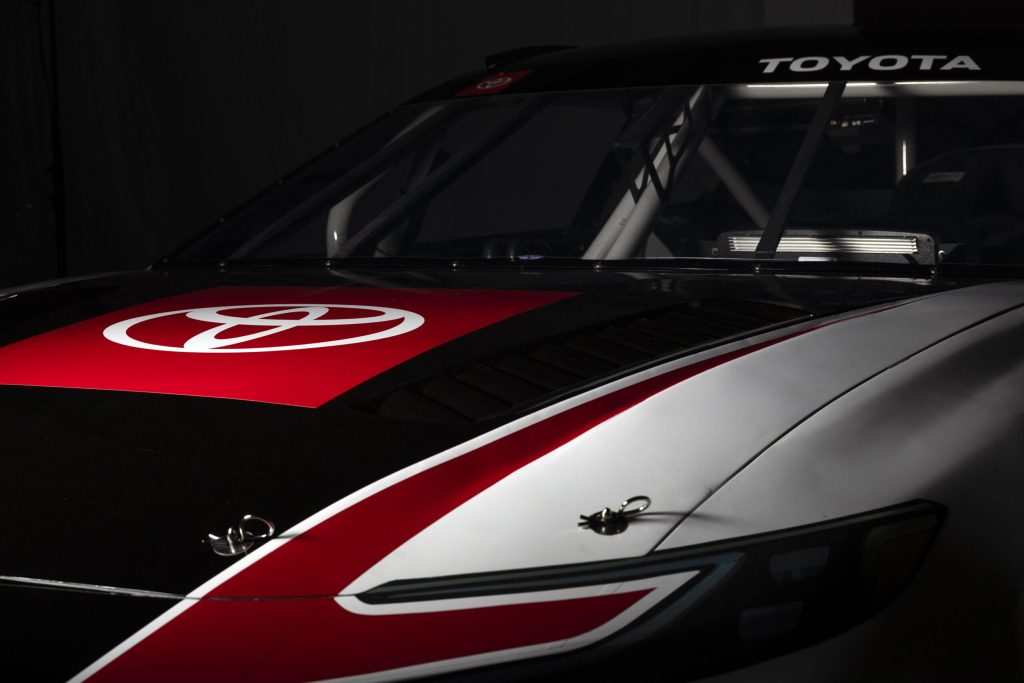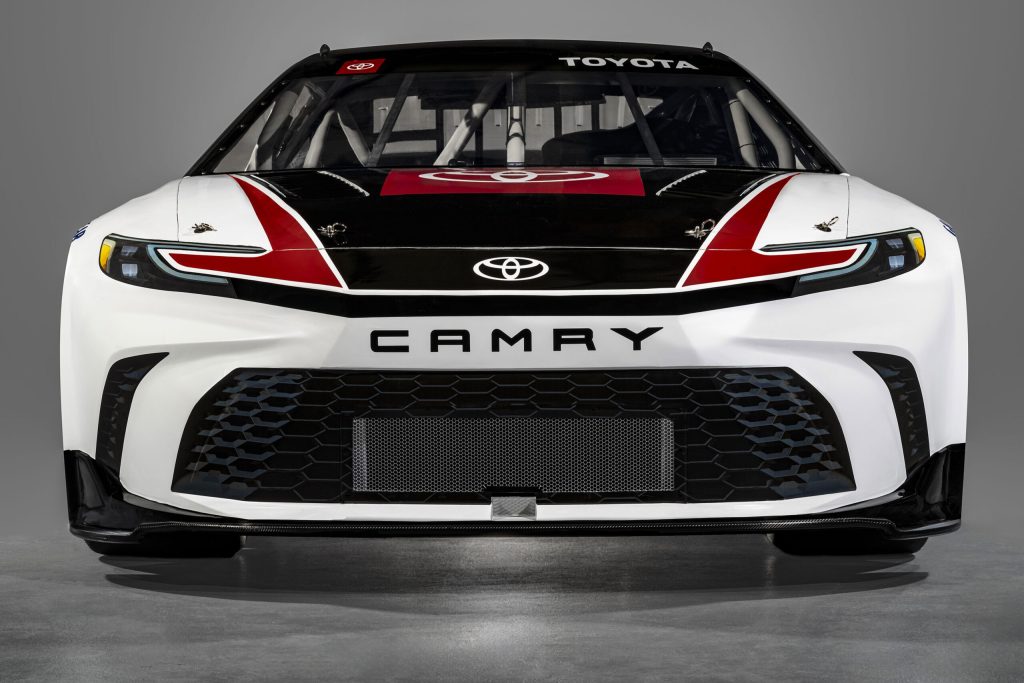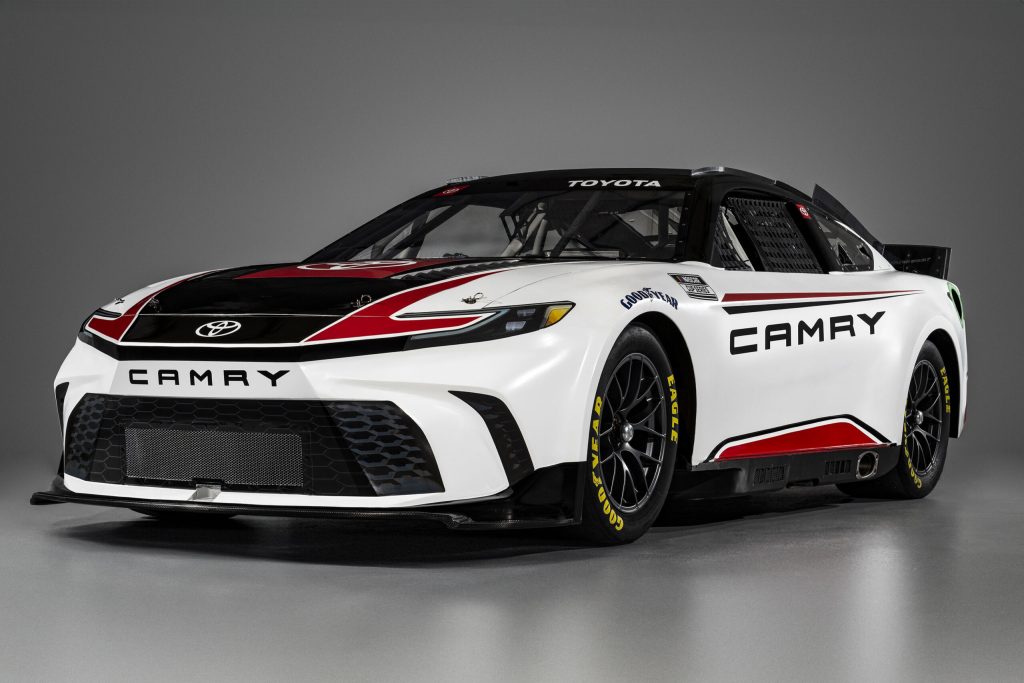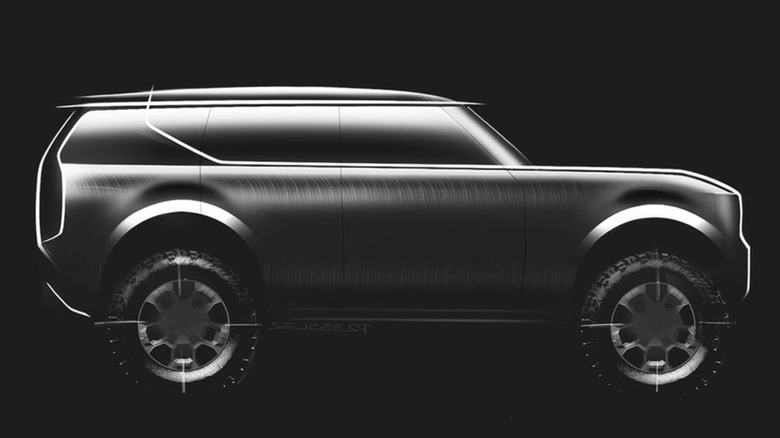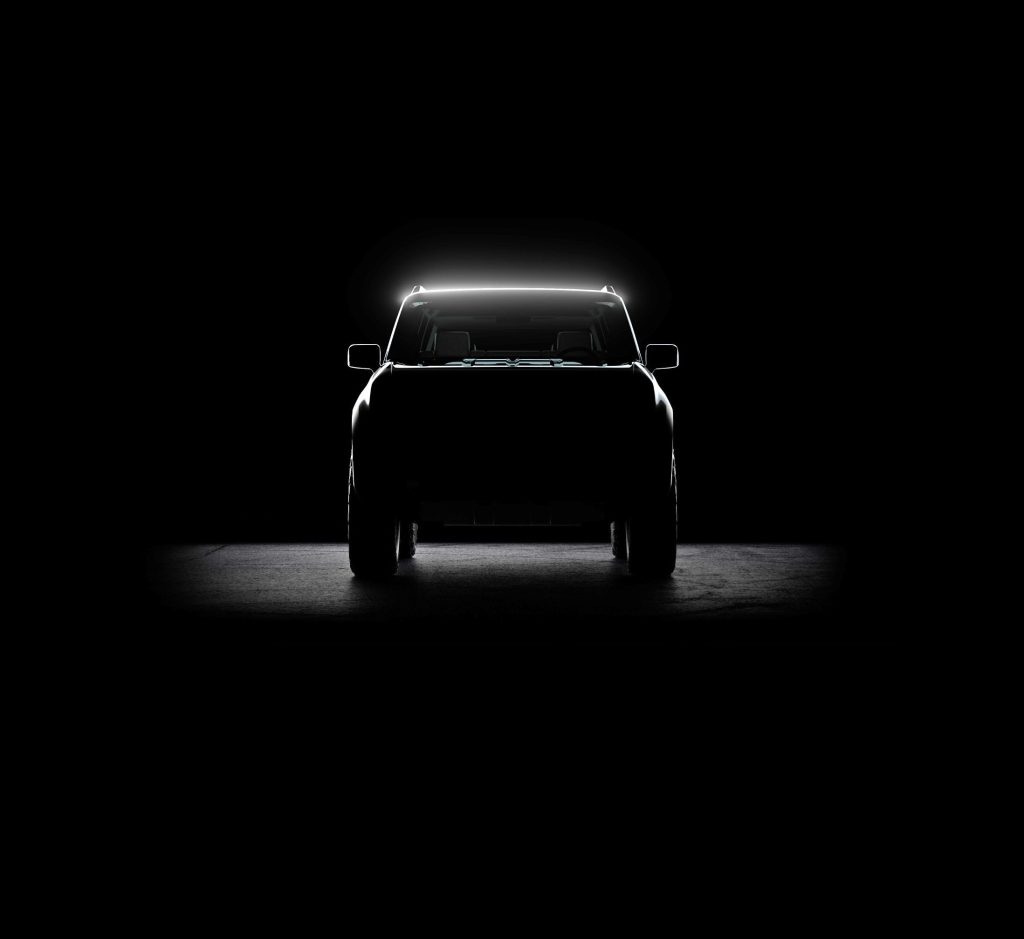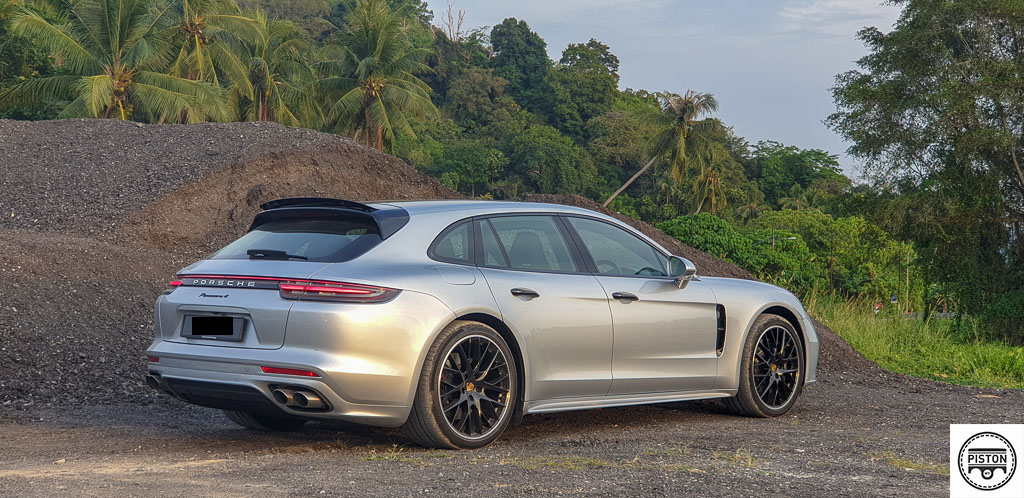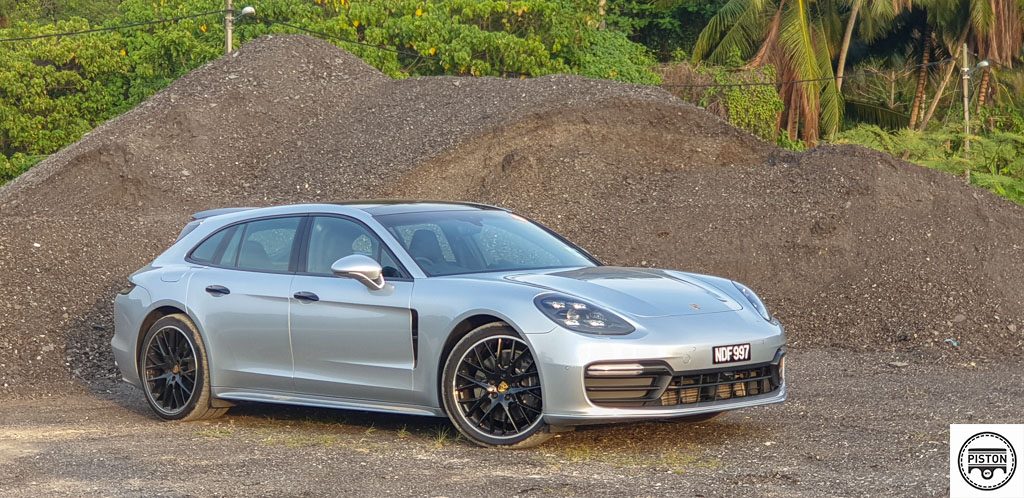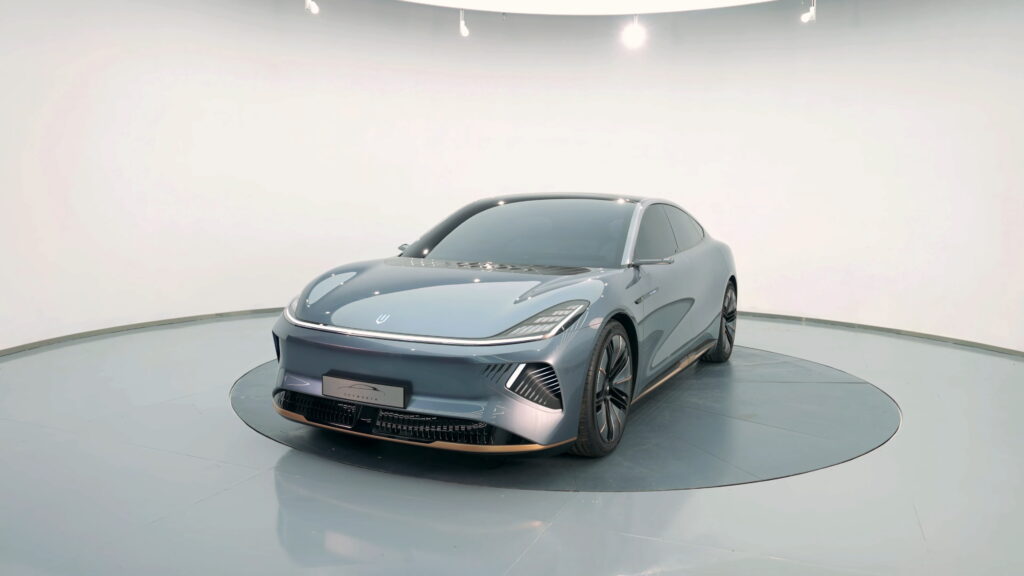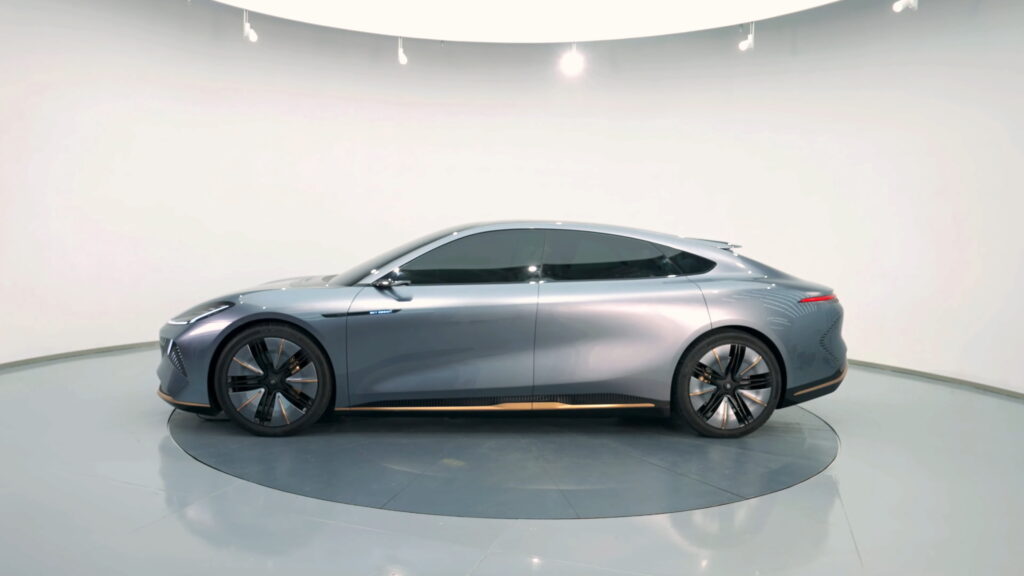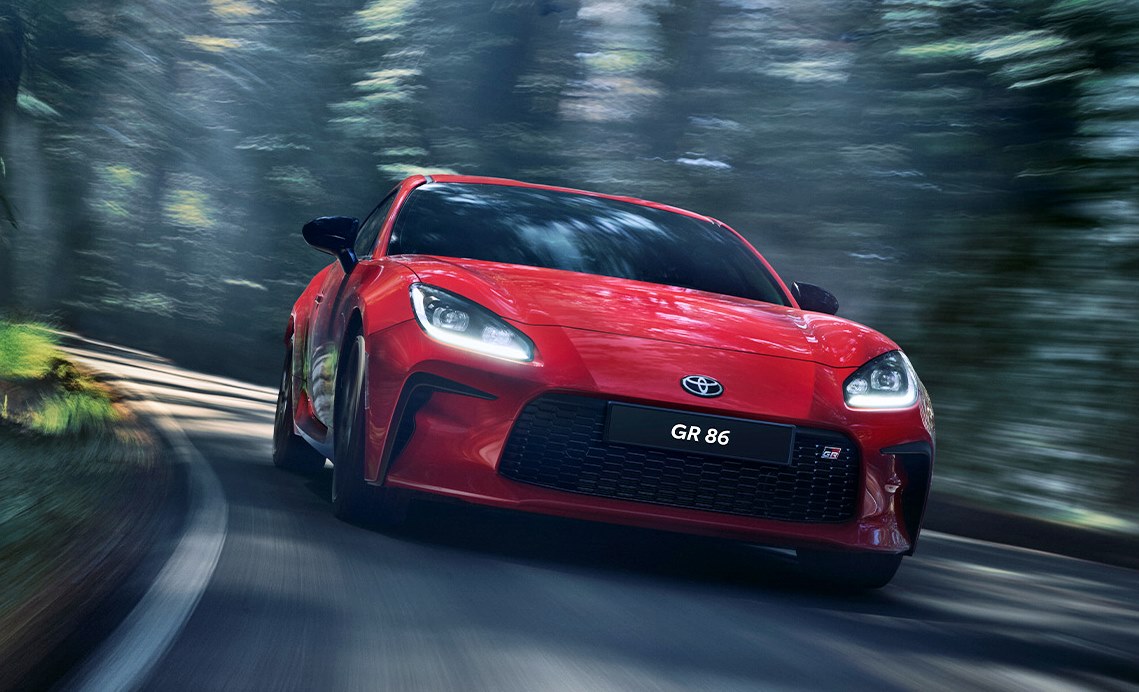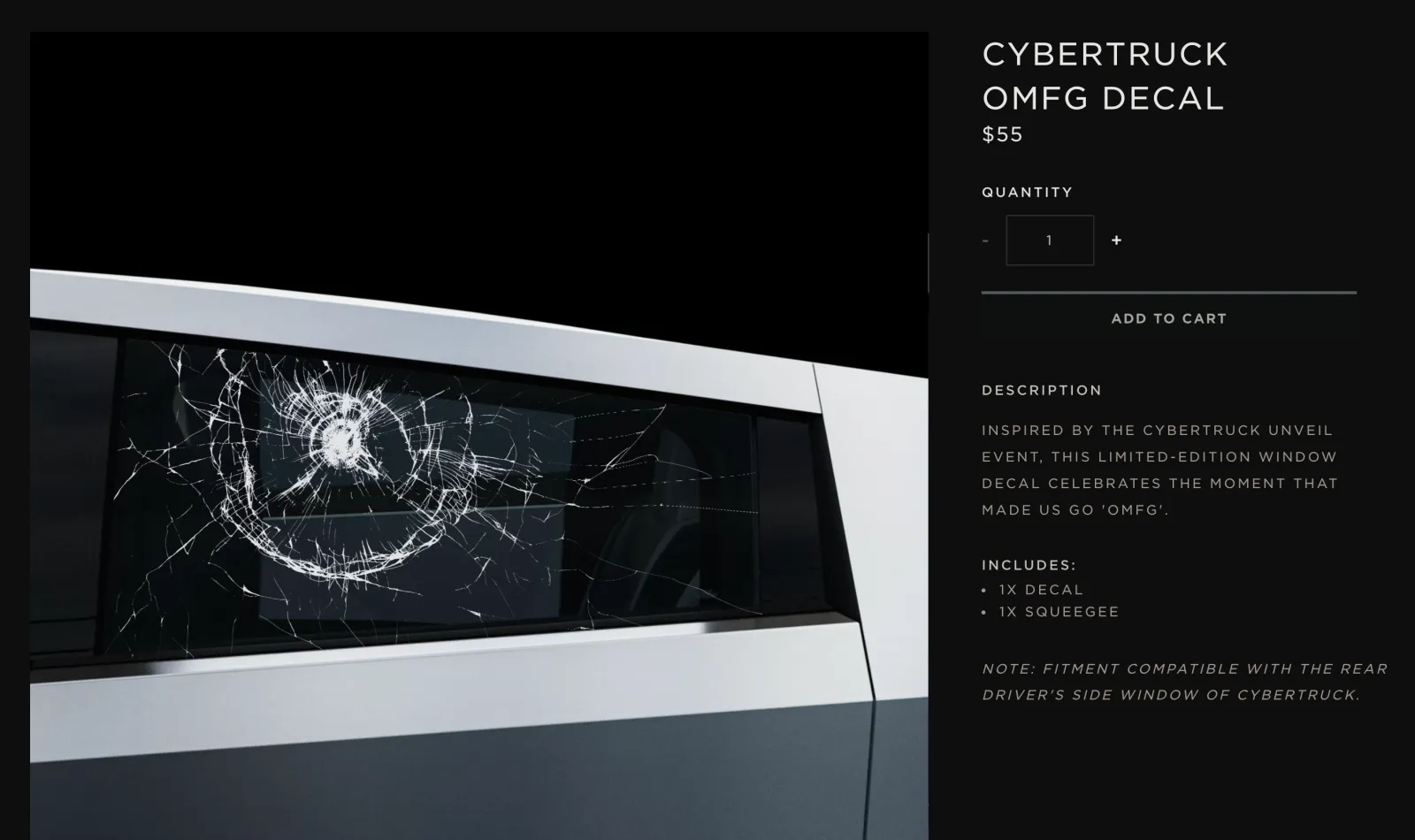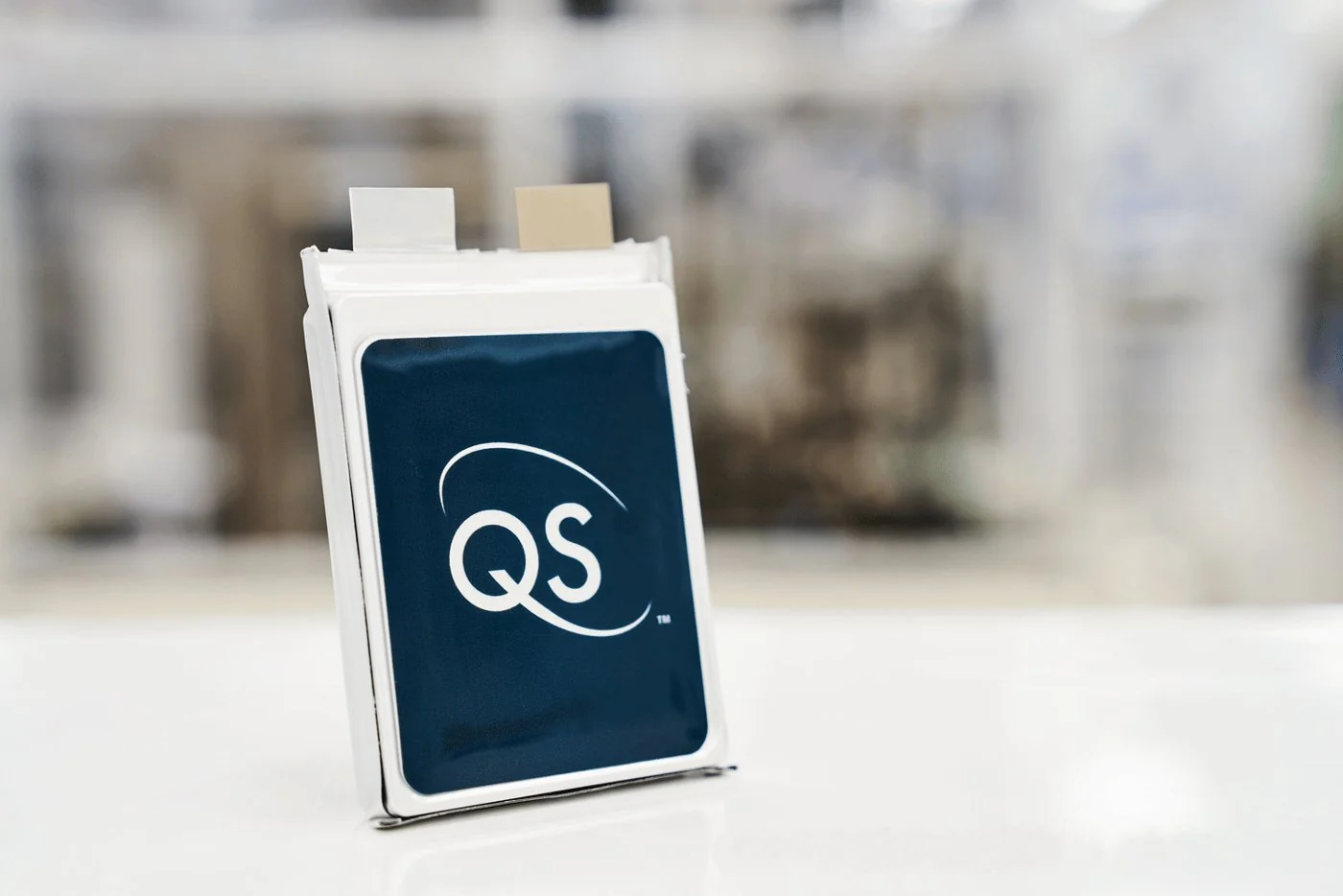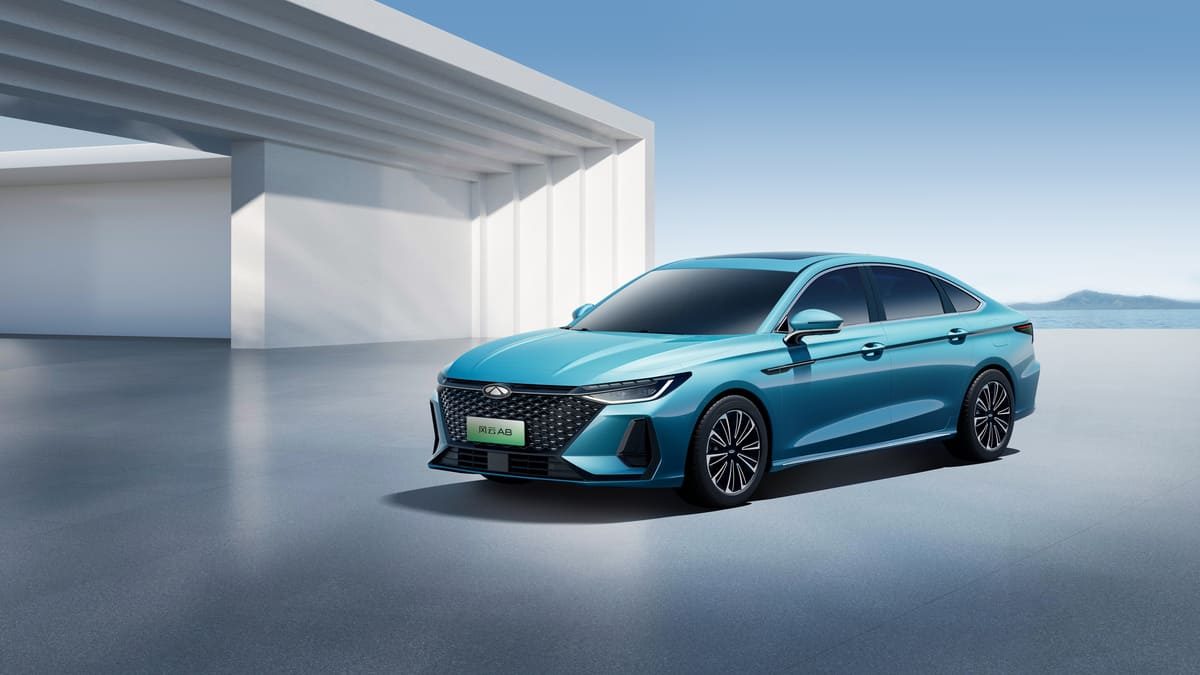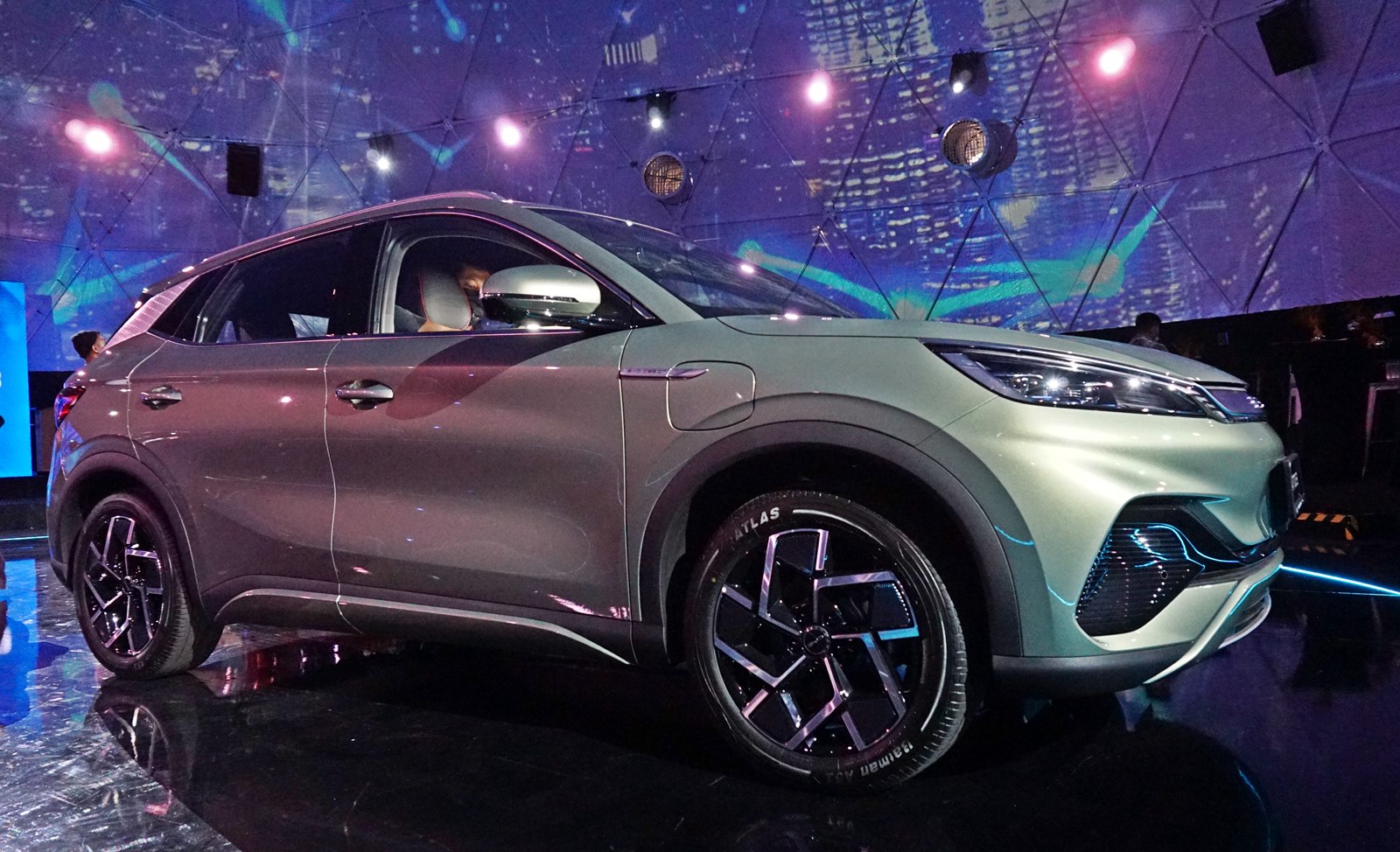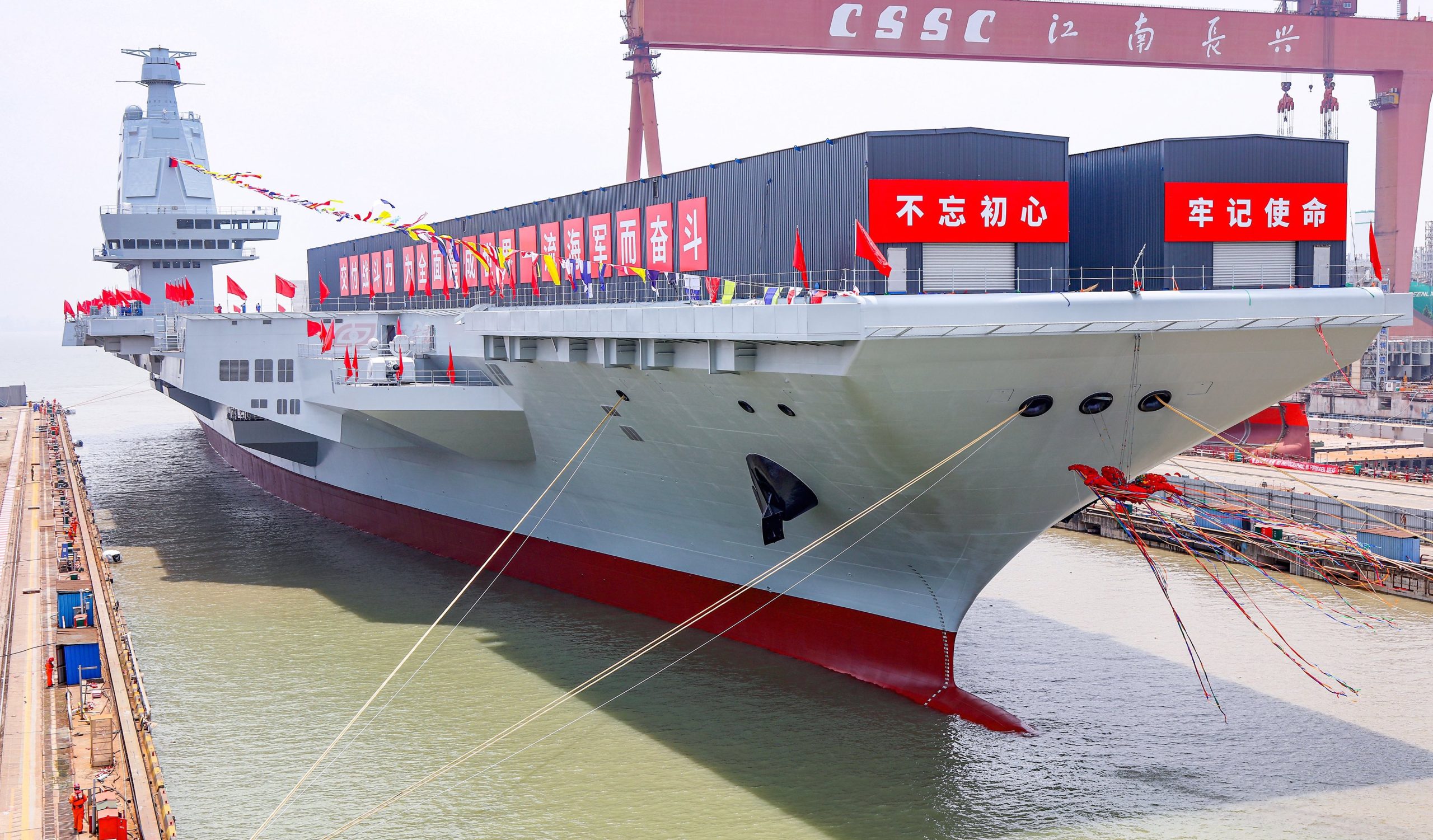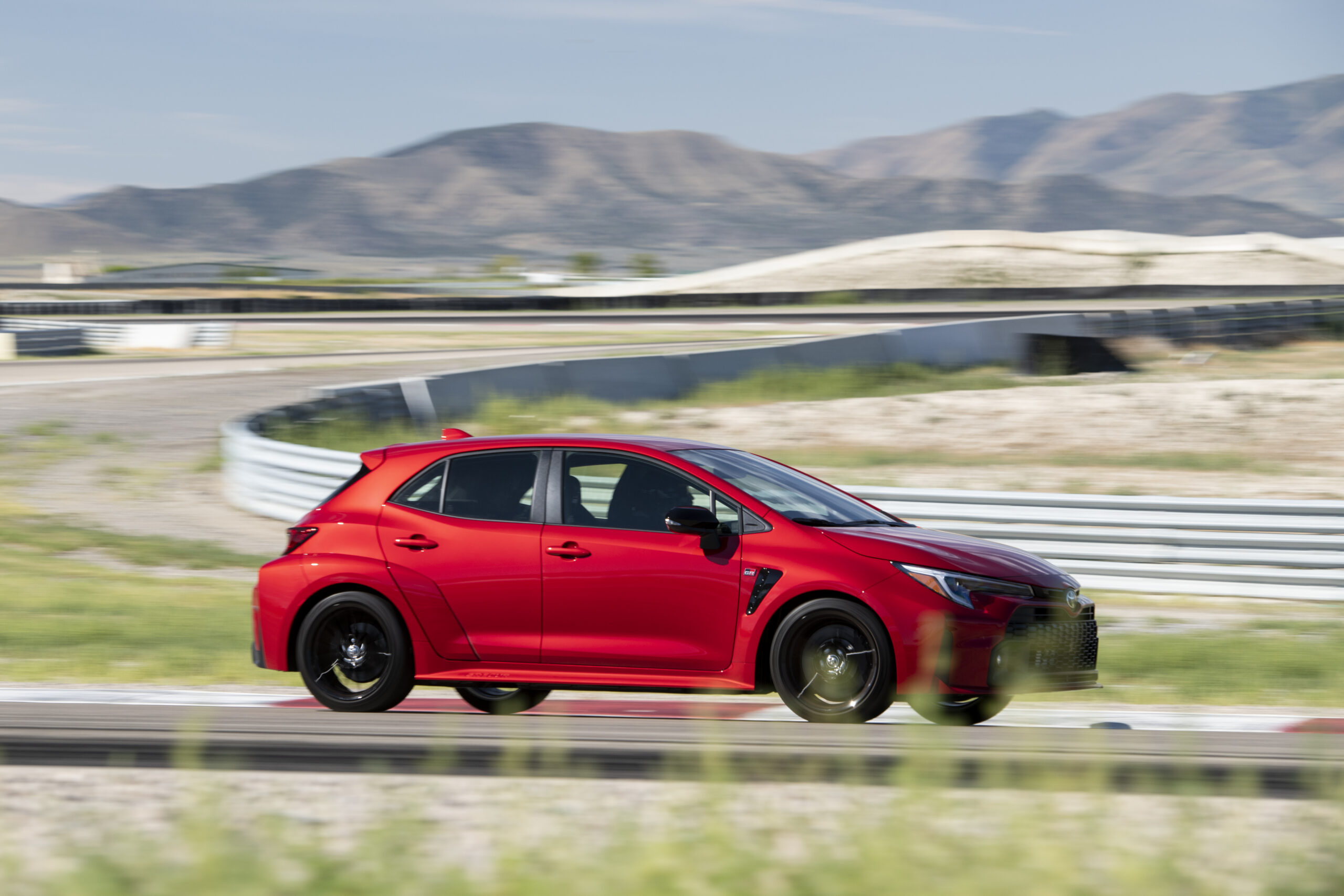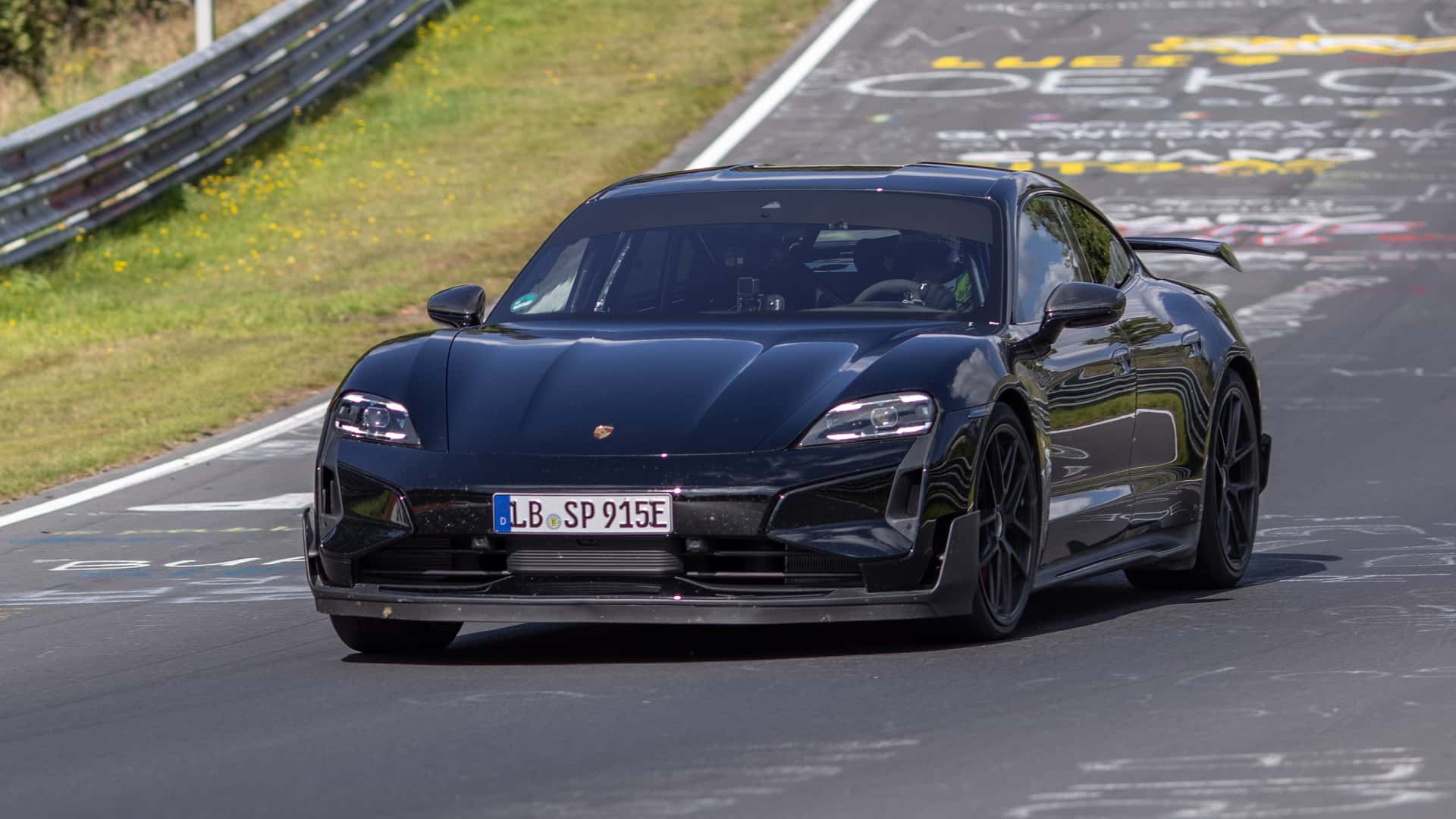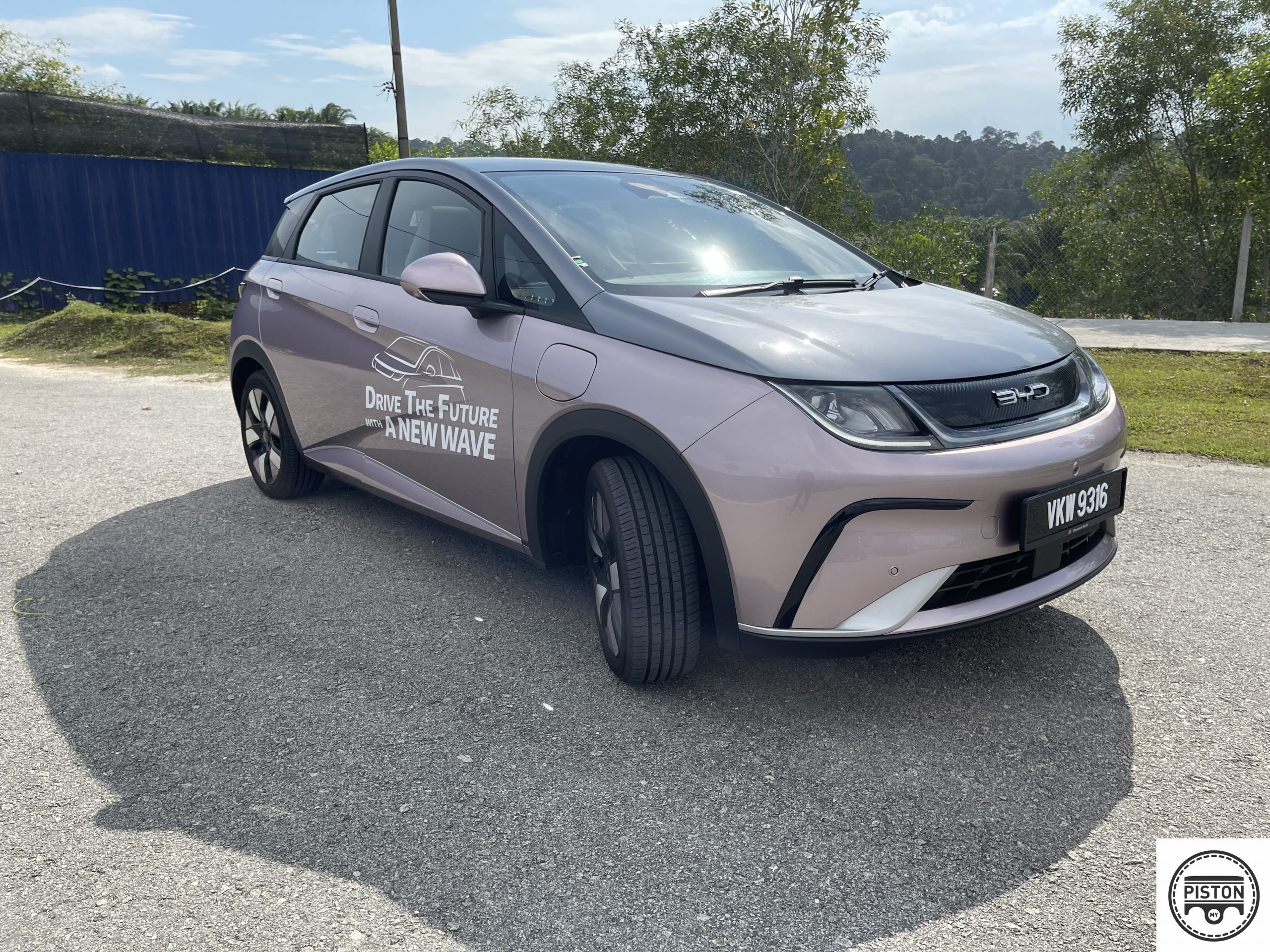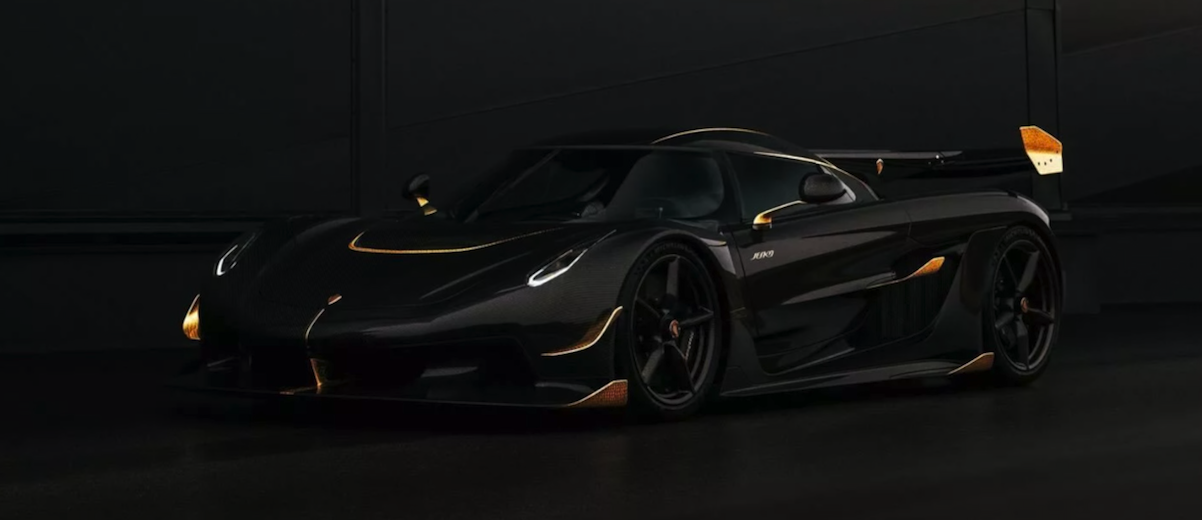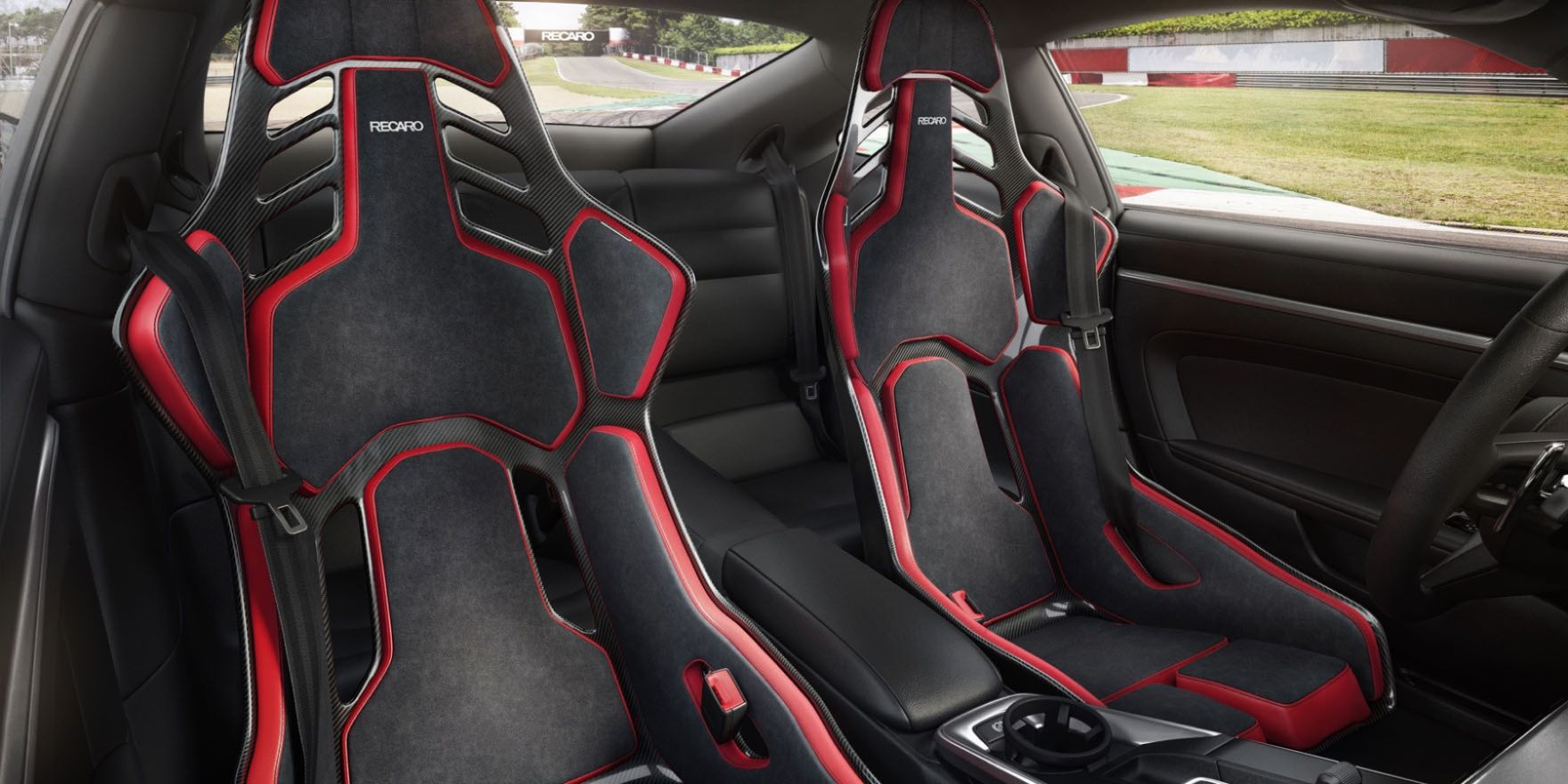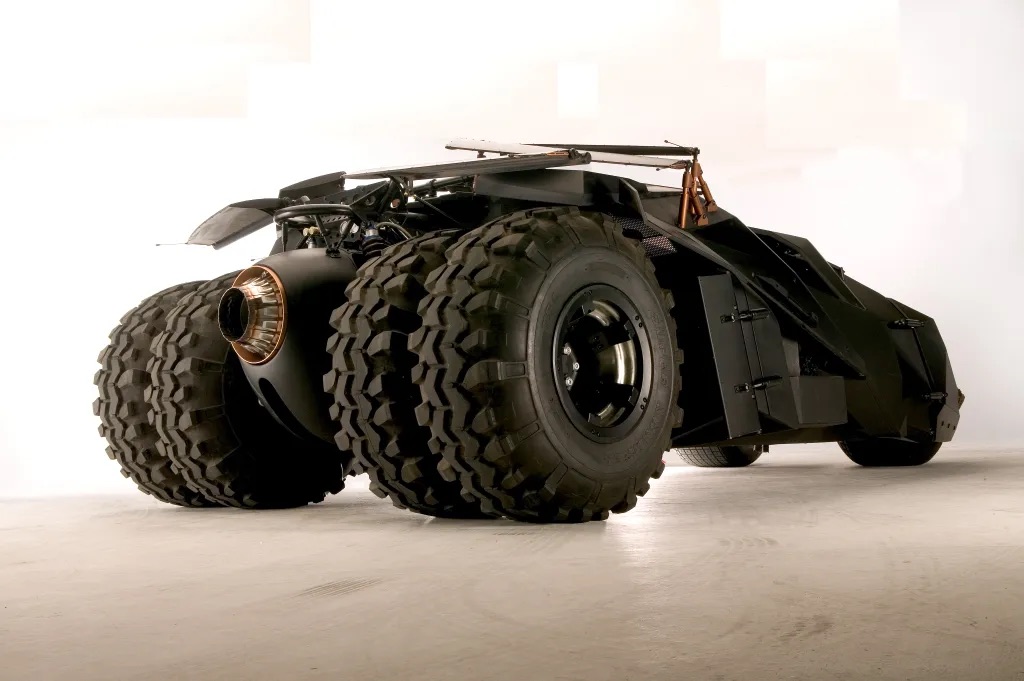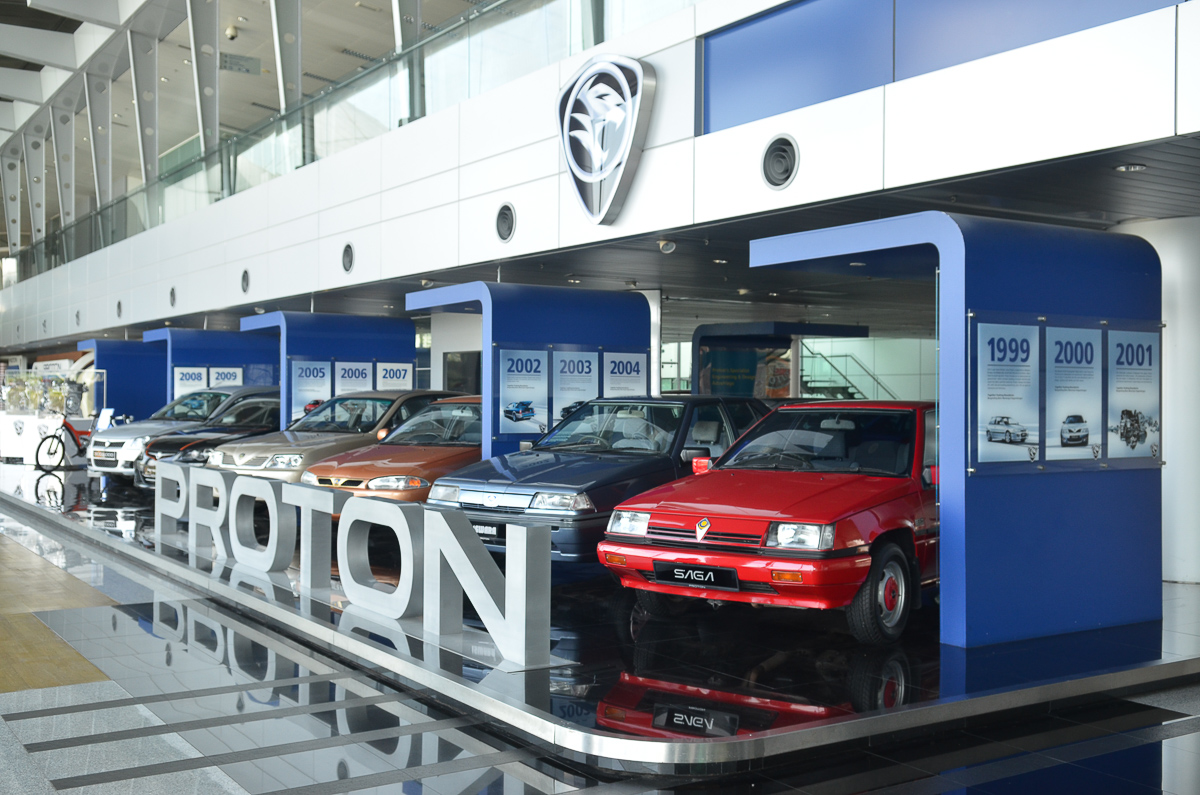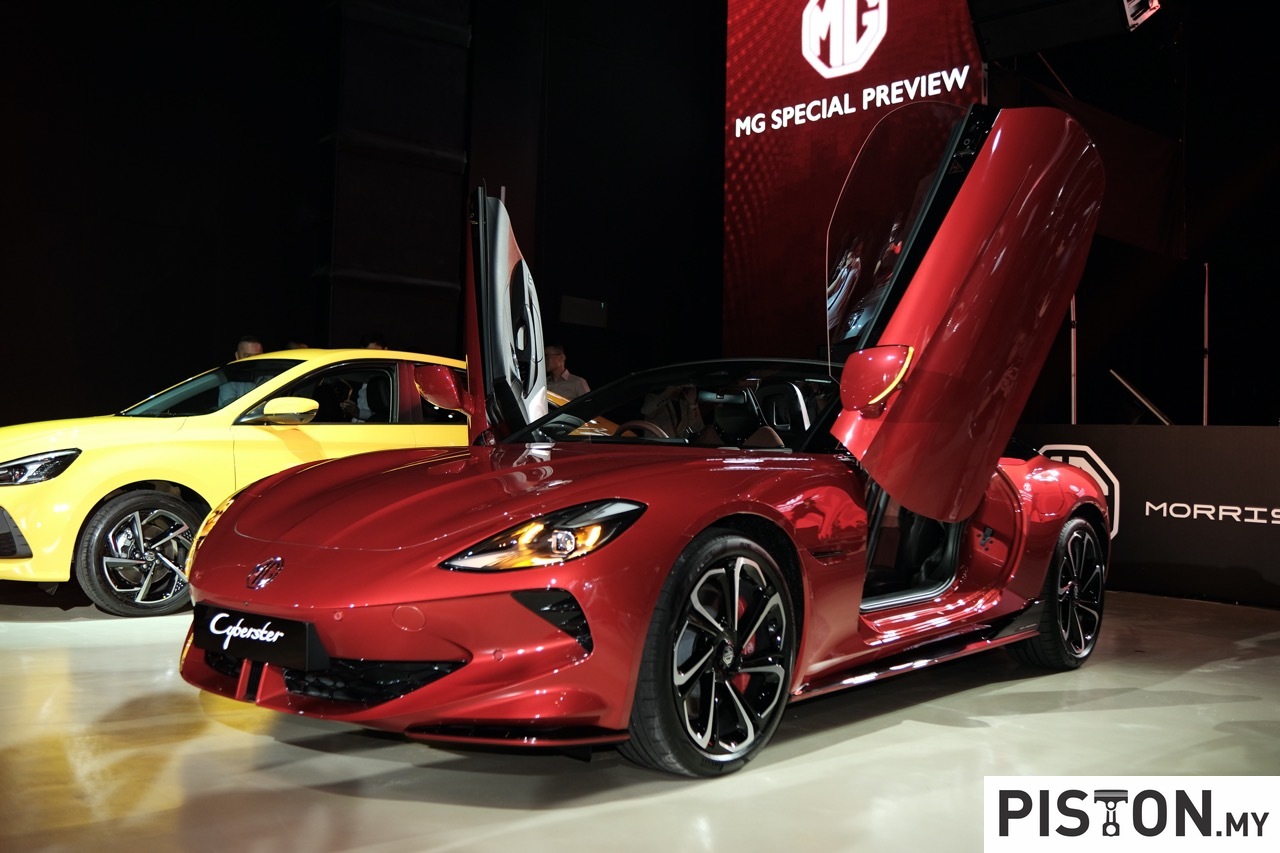Renault is set to launch the highly anticipated Renault 5 E-Tech electric in 2024, offering a contemporary, electric reinterpretation of the iconic Renault 5. Ahead of the official reveal, Renault is providing a sneak peek into the exterior design, paying homage to its predecessor while embracing the future of electric mobility.
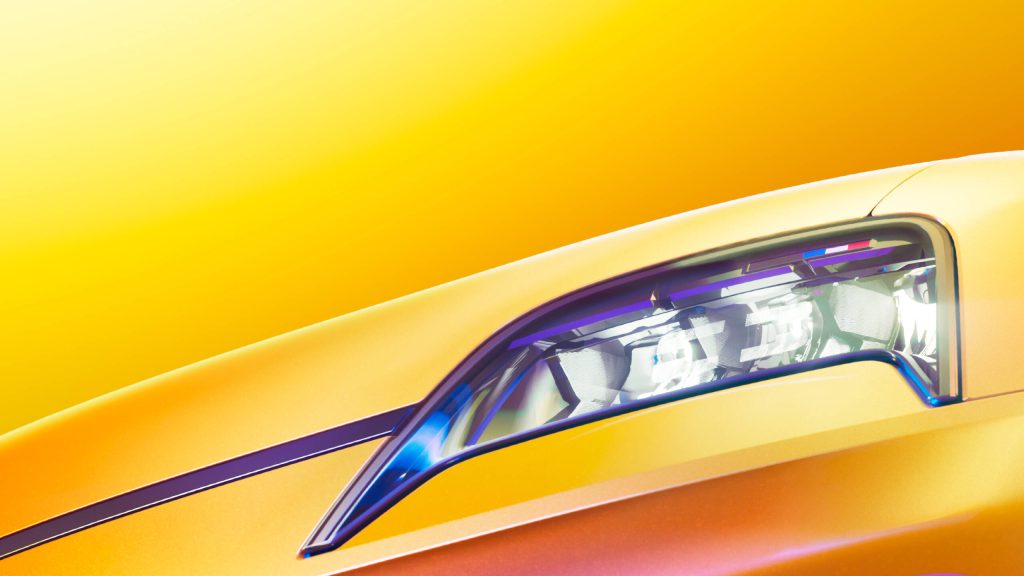
Key design features include the distinctive headlights, which play a pivotal role in making the front end instantly recognisable. The headlights not only mirror the shape of the classic model but also incorporate a central mark resembling the pupil of the human eye, evoking the 1972 advert featuring “The Adventures of Supercar” and giving the modern R5 a human-like expression.
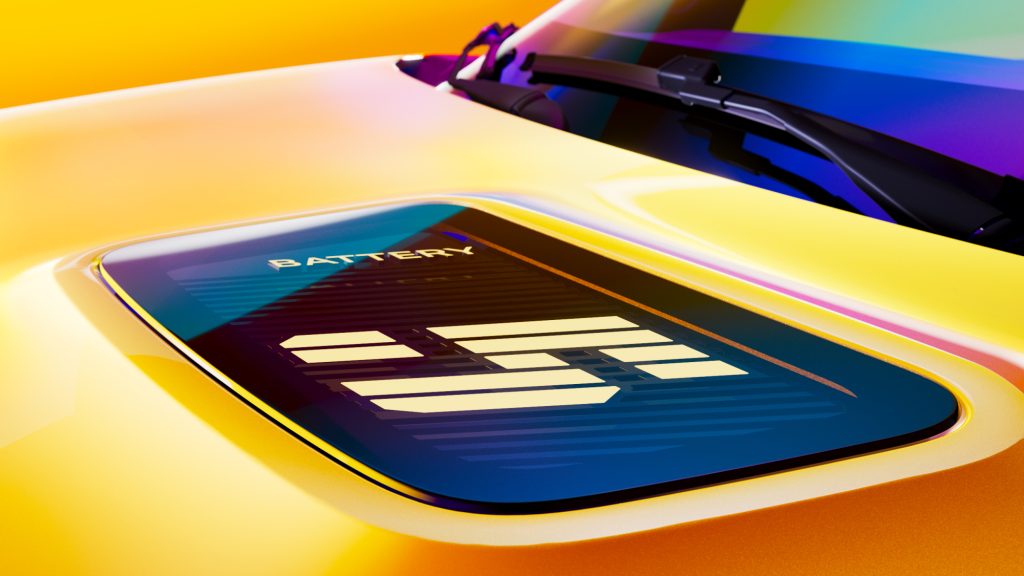
In a departure from the historic model, the air intake on the bonnet has been replaced by a charge indicator light forming the iconic number “5” when the vehicle is fully charged. This high-tech feature serves as both a functional charge indicator and a playful nod to the model’s heritage.
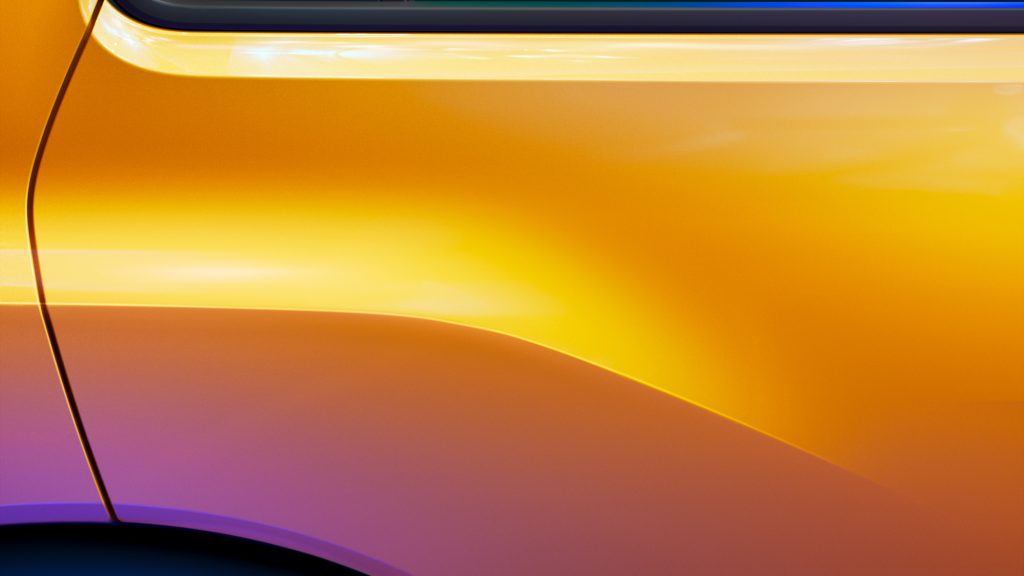
The wheel arches contribute to a broader stance, reminiscent of the R5 Turbo, creating a unique and instantly recognizable personality. The vertical rear lights, extending the side panel, not only enhance the car’s aerodynamics but also add to its visual appeal.
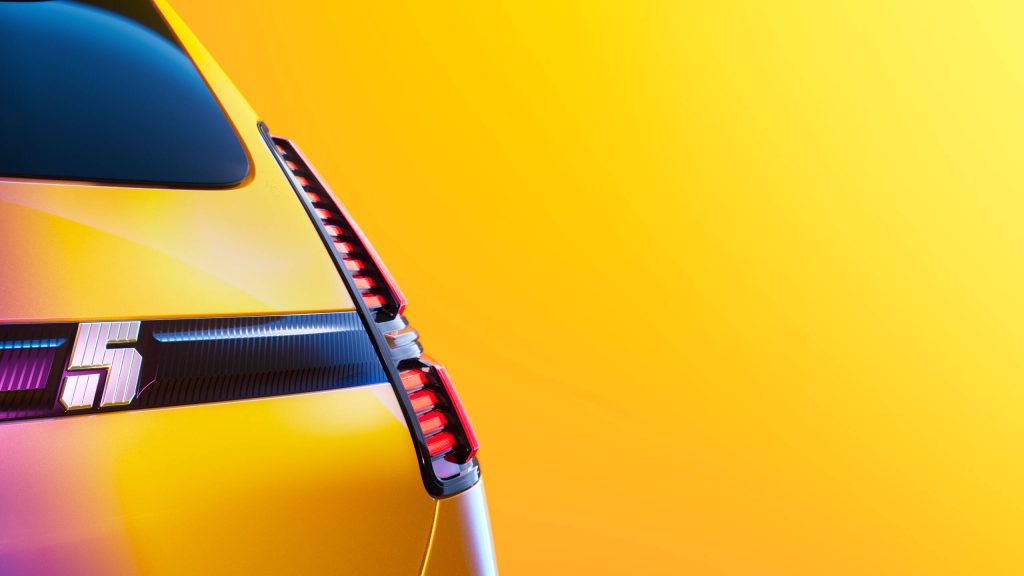
Measuring just 3.92m in length, the Renault 5 E-Tech electric is designed as an ideal city car with a 52kWh battery offering a range of up to 400km (WLTP). The vehicle will be available with a second 40kWh battery option at a later date. Built on the new AmpR Small platform (formerly CMF-B EV), the car boasts a multi-link rear suspension, providing stability and roadholding.
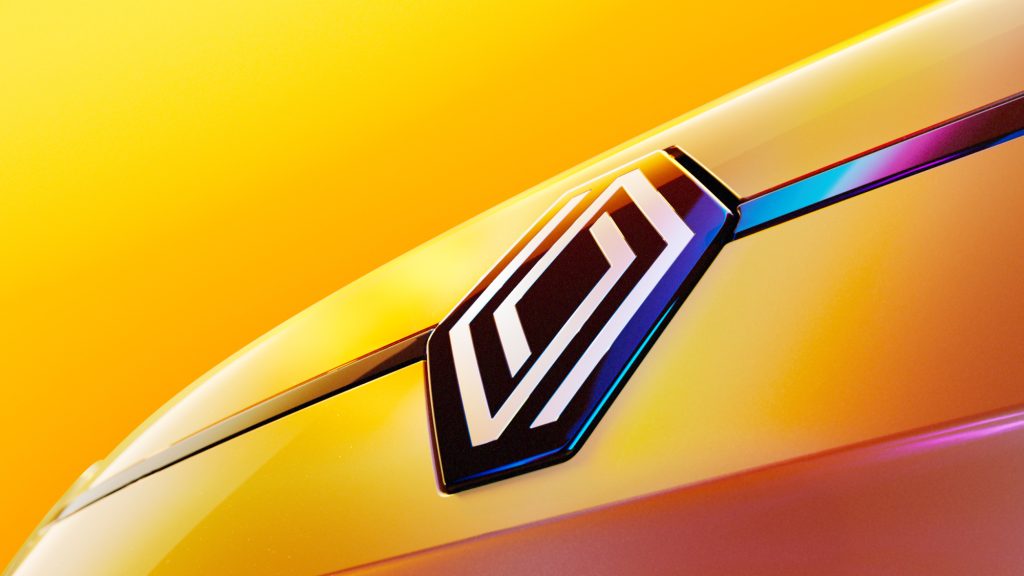
Inside, users will experience reno, Renault’s next-generation humanised co-driver, offering a fully immersive digital experience. Equipped with a bidirectional onboard charger, the Renault 5 E-Tech electric will be the first production vehicle featuring Vehicle-to-Grid (V2G) technology. This innovative feature, supported by Mobilise, allows the car to supply energy to the grid, potentially saving drivers money on charging and reducing overall electricity bills. The V2G technology is set to launch in France and Germany in 2024, followed by the UK in 2025.
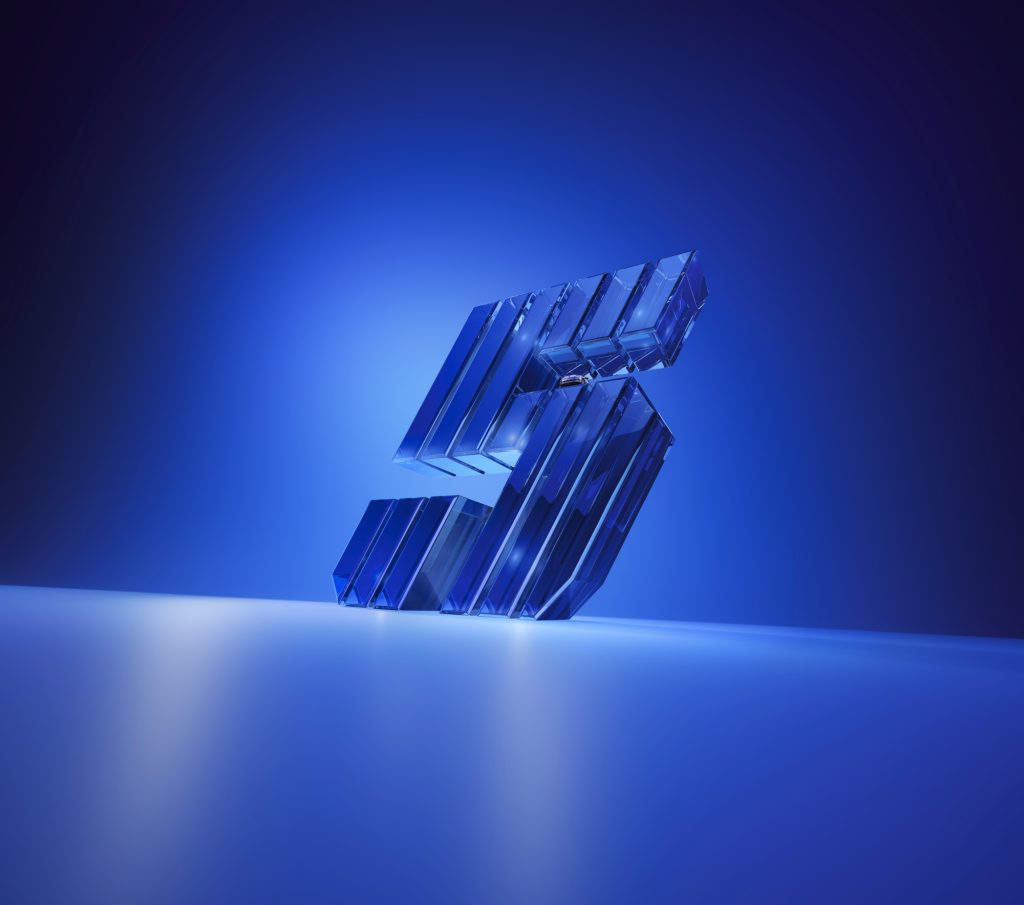
With an entry-level price of around €25,000 (RM126,884), comparable to B-segment hybrids, the Renault 5 E-Tech electric is poised to make a significant impact in the electric vehicle market. The official unveiling is scheduled for February 26 at the Geneva International Motor Show.





